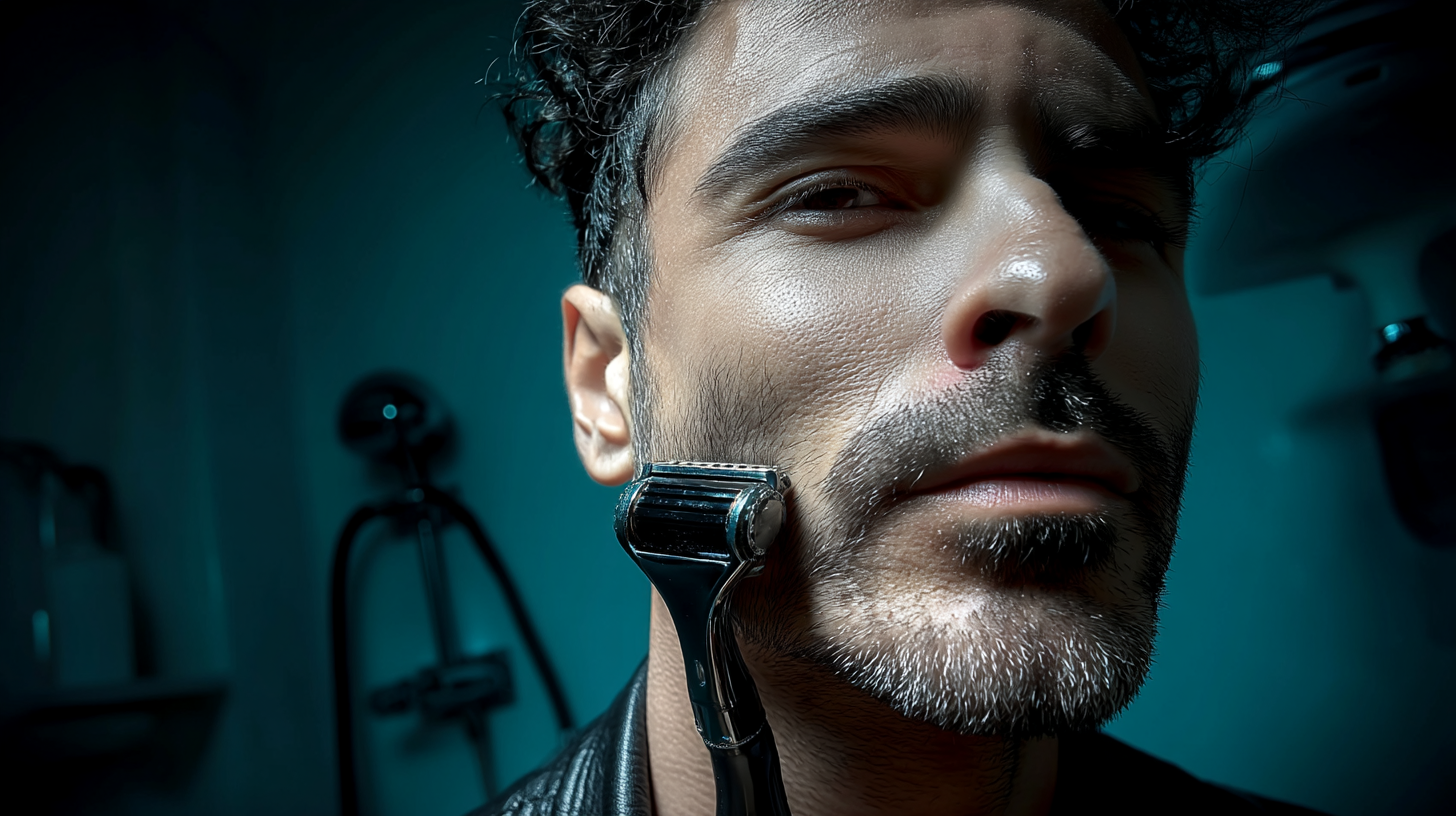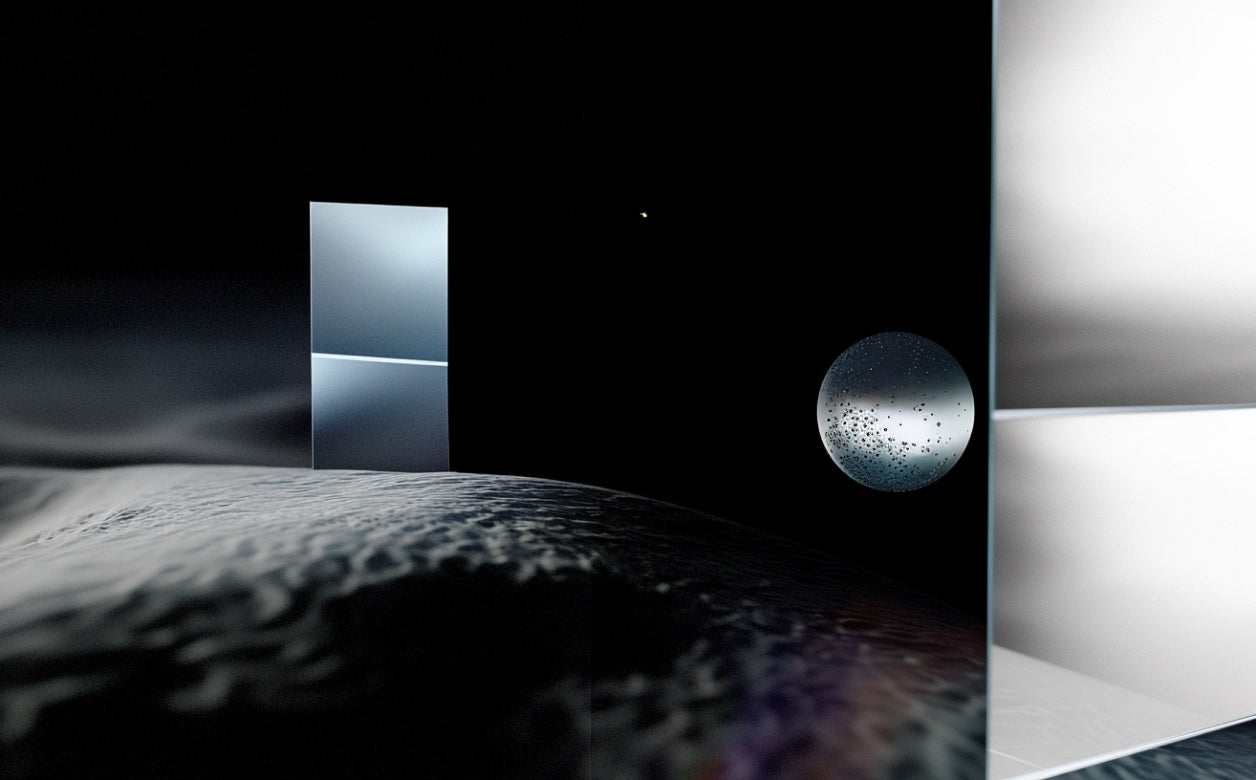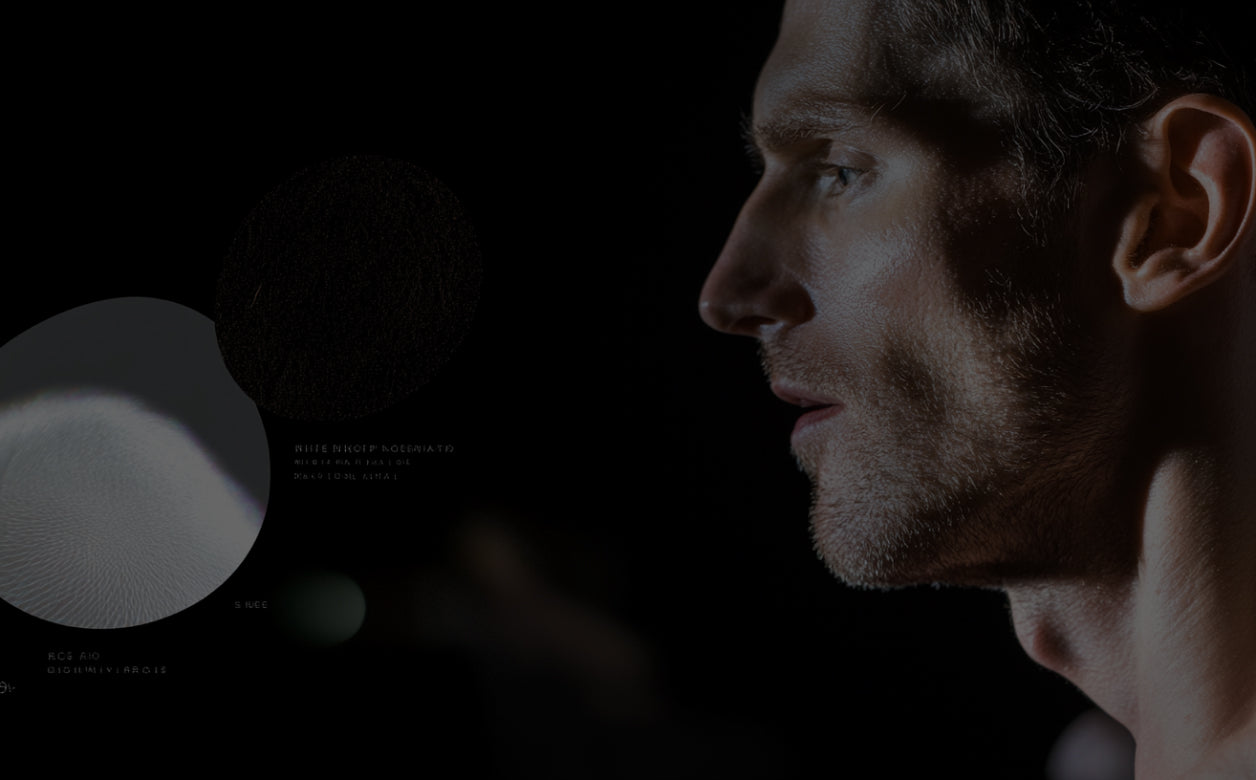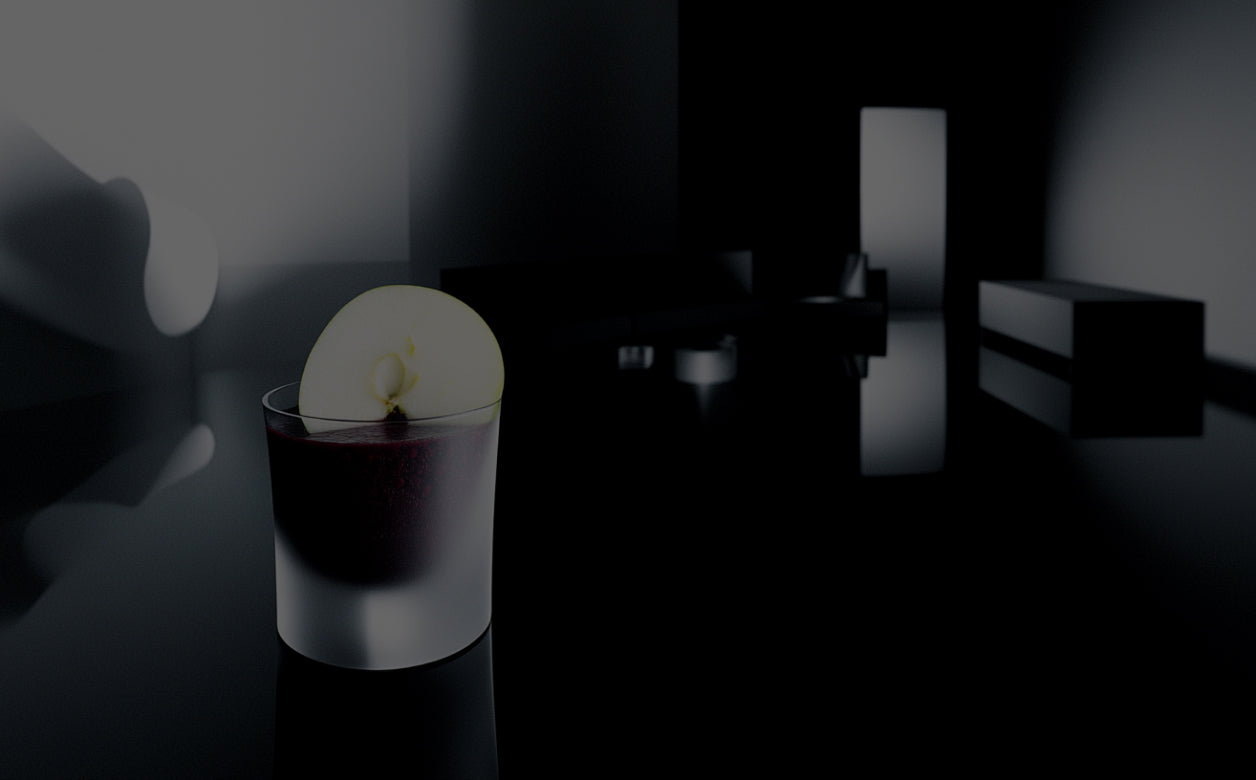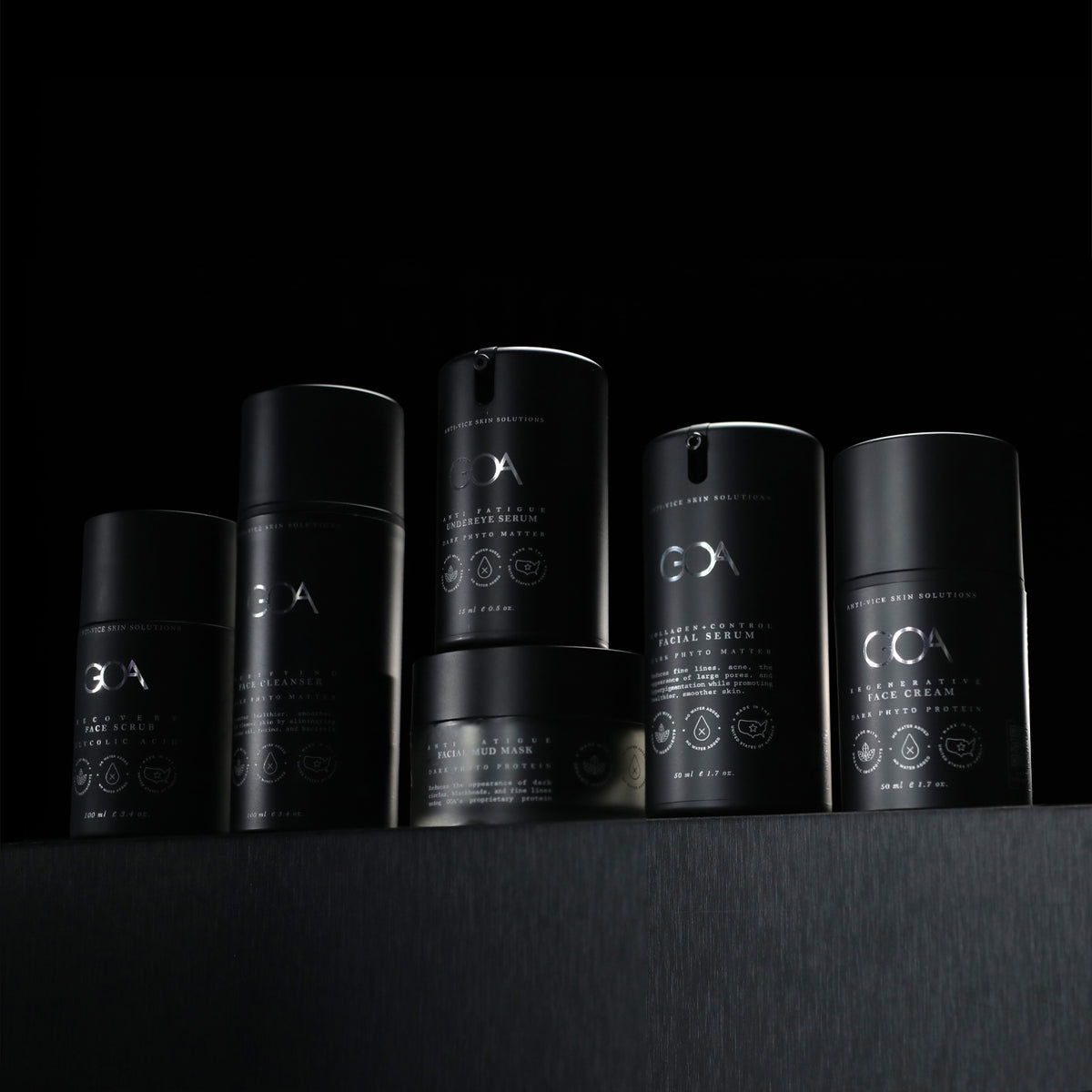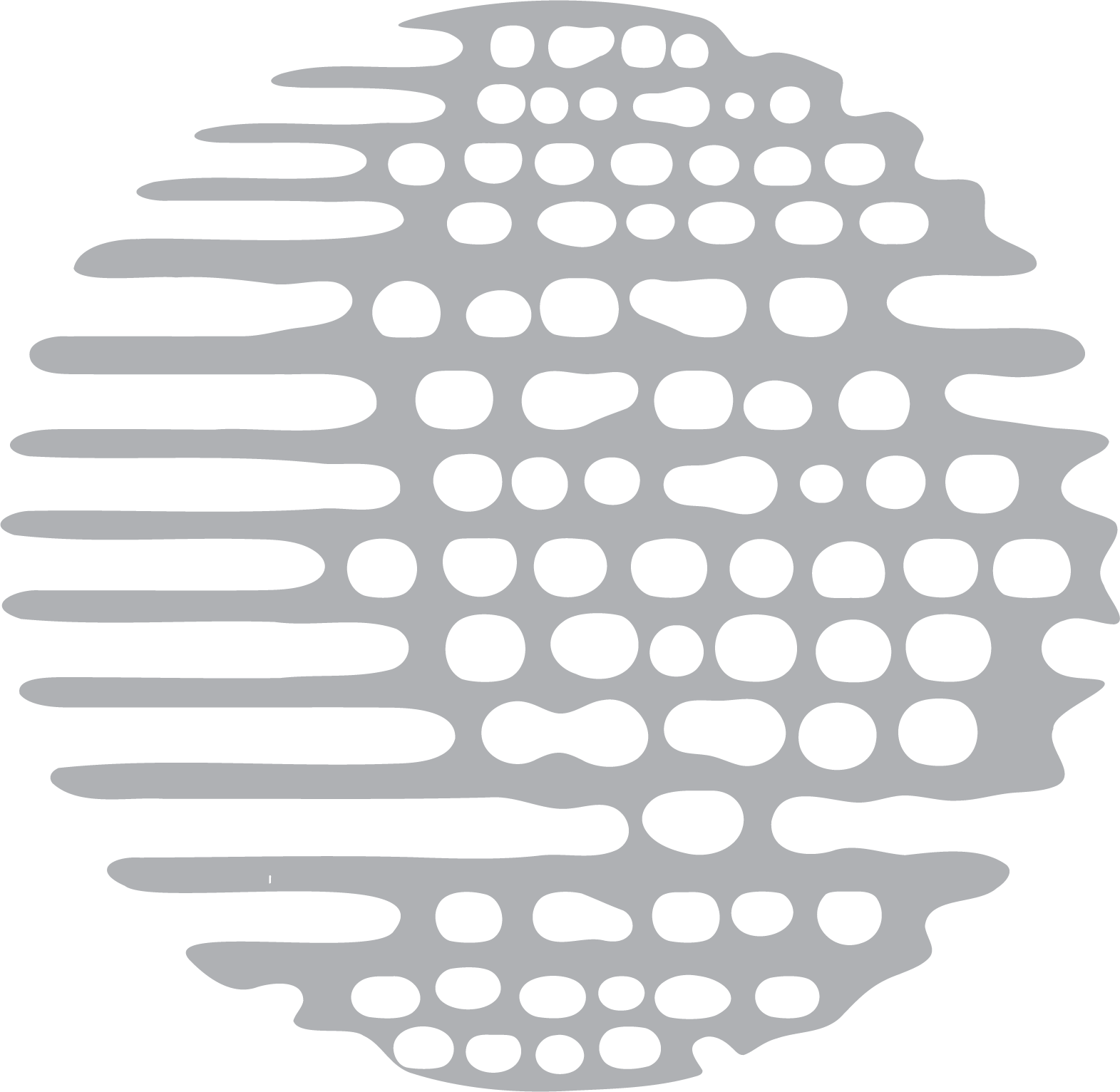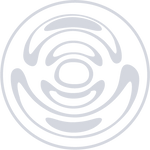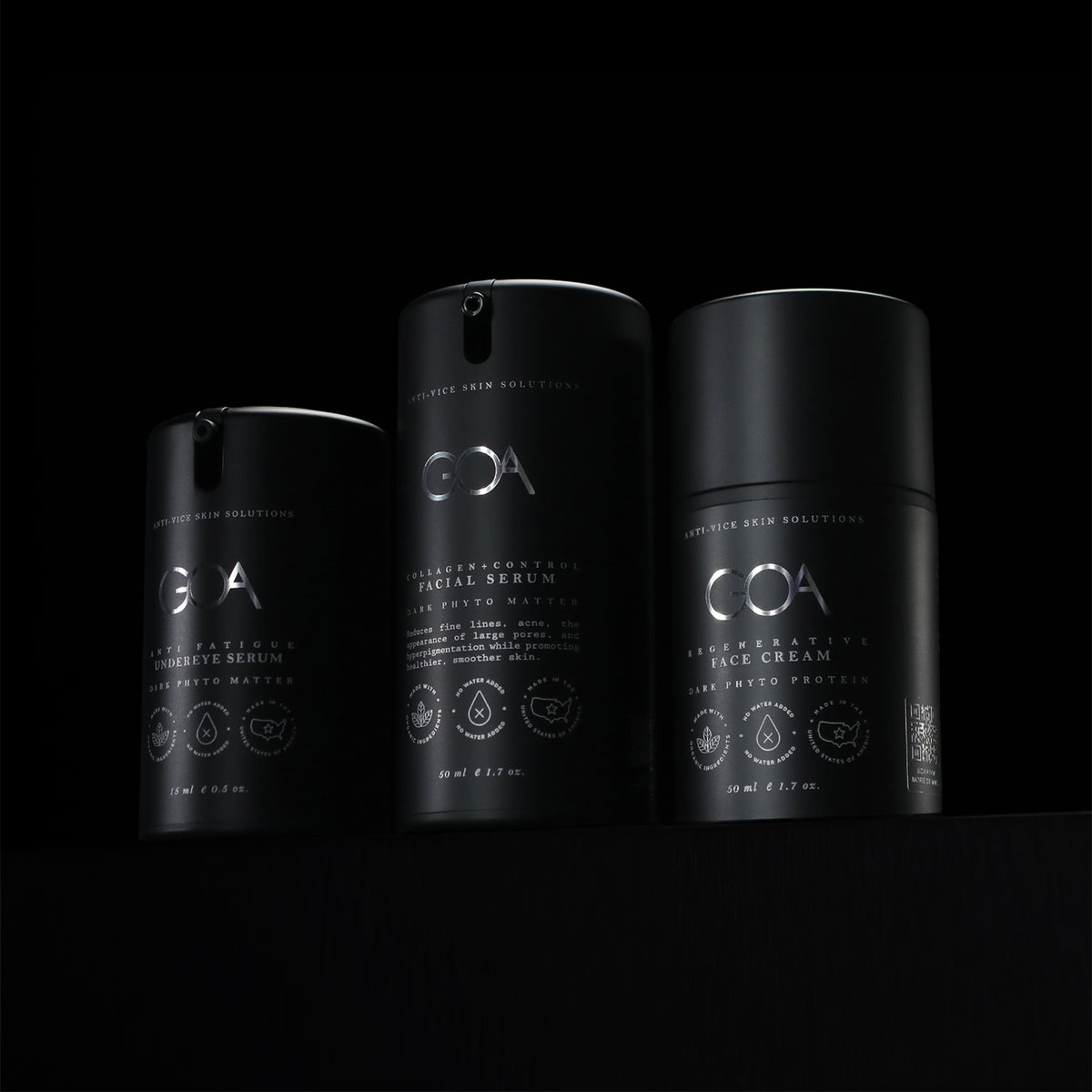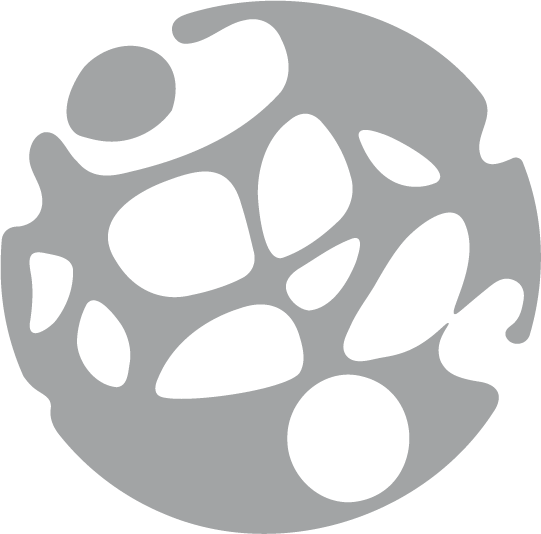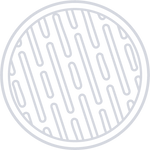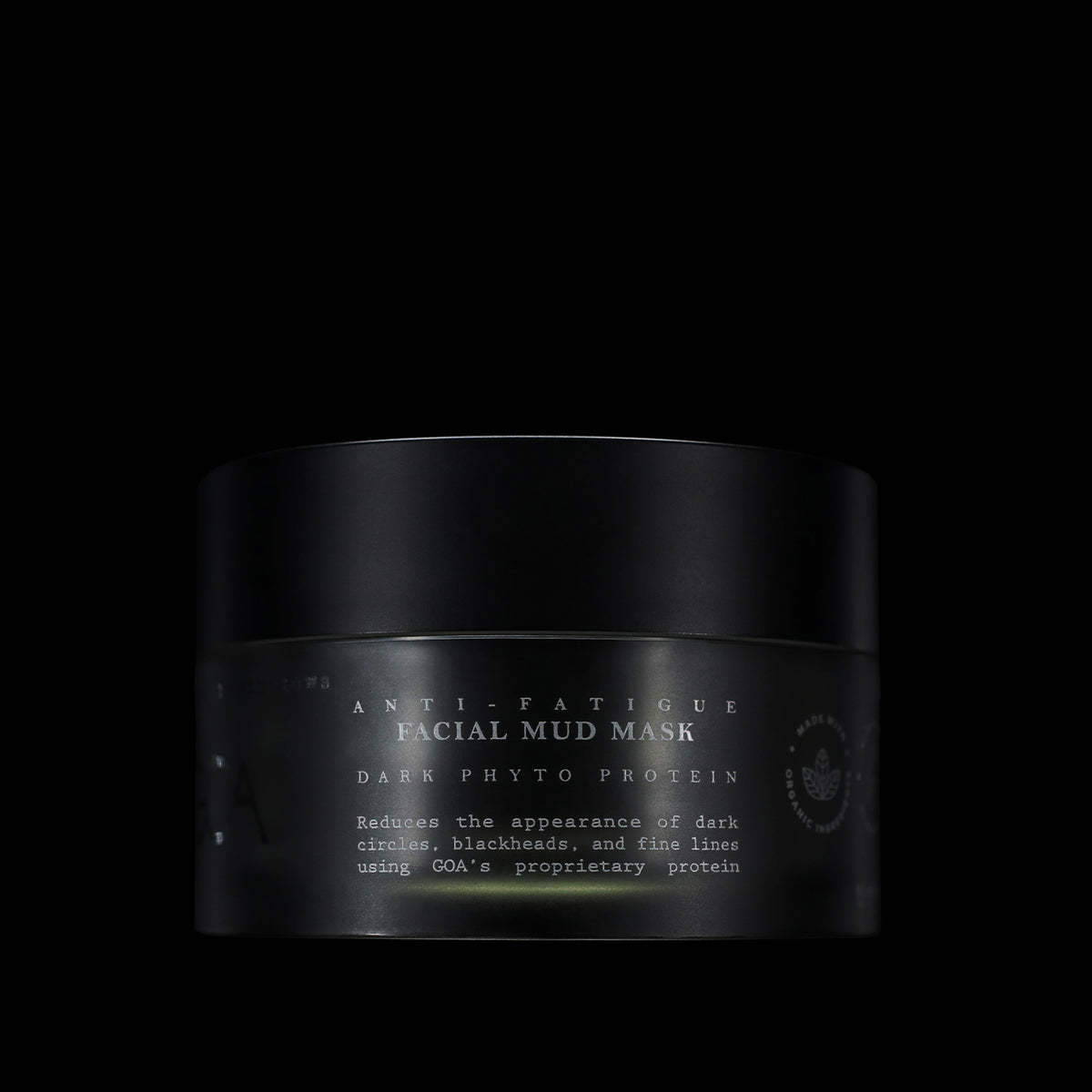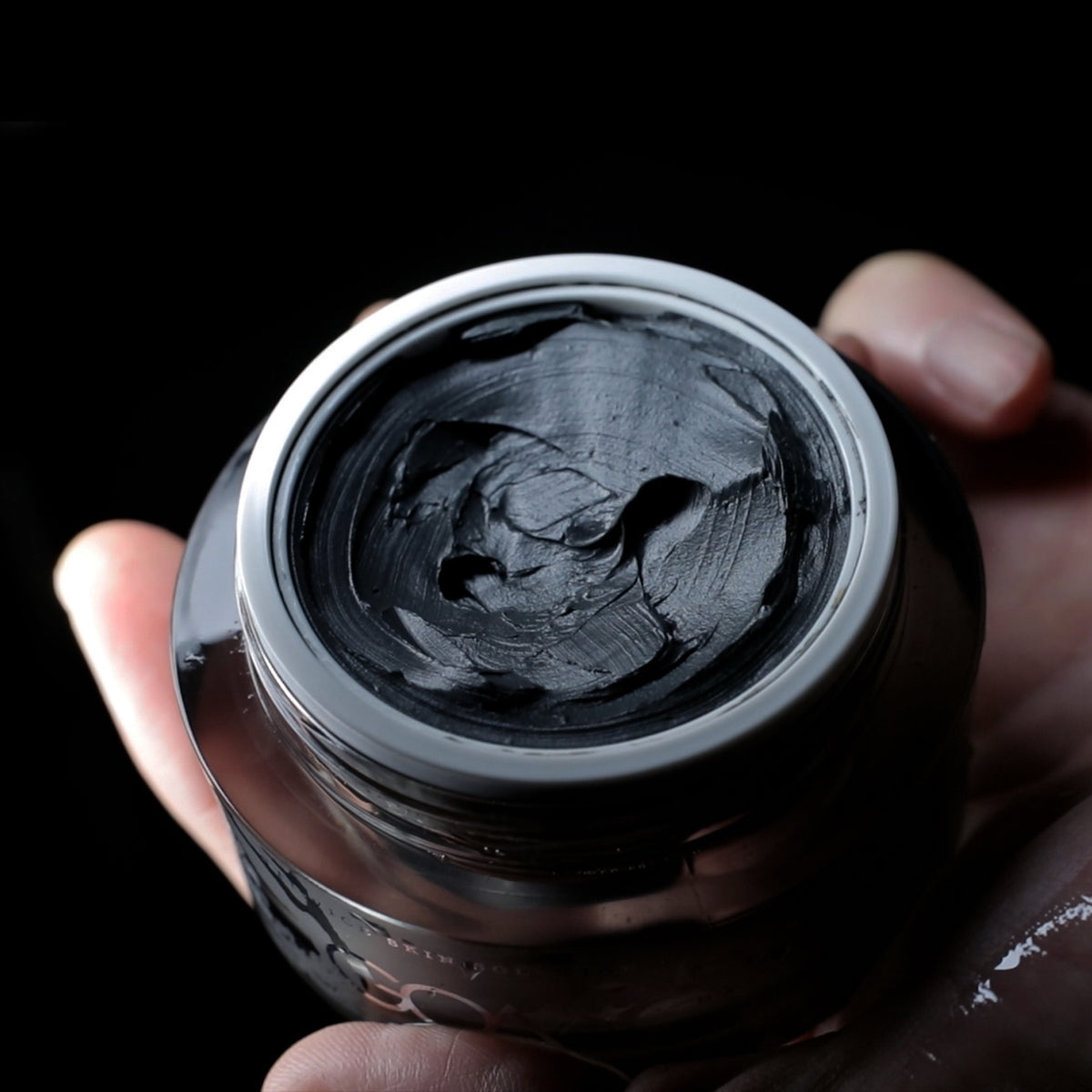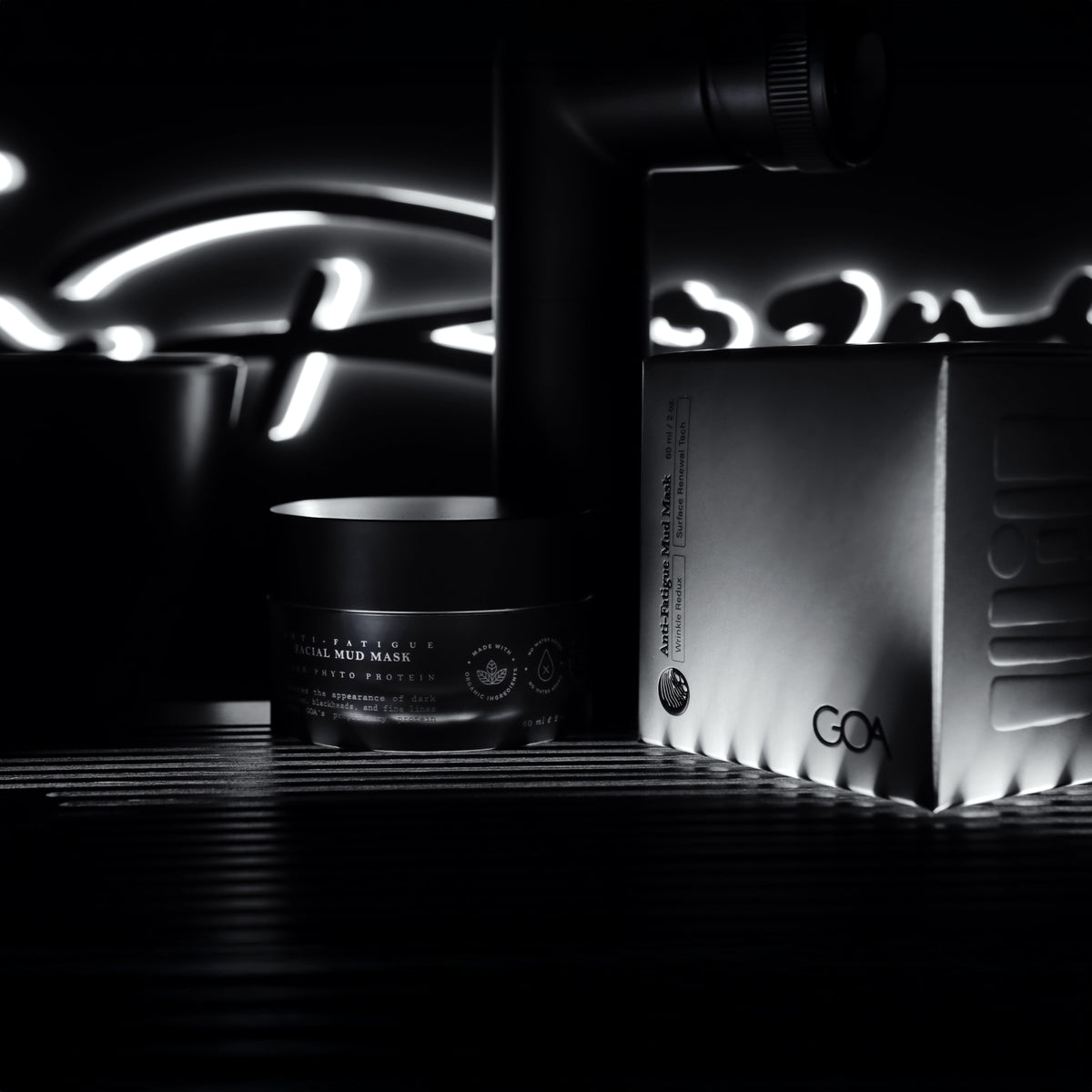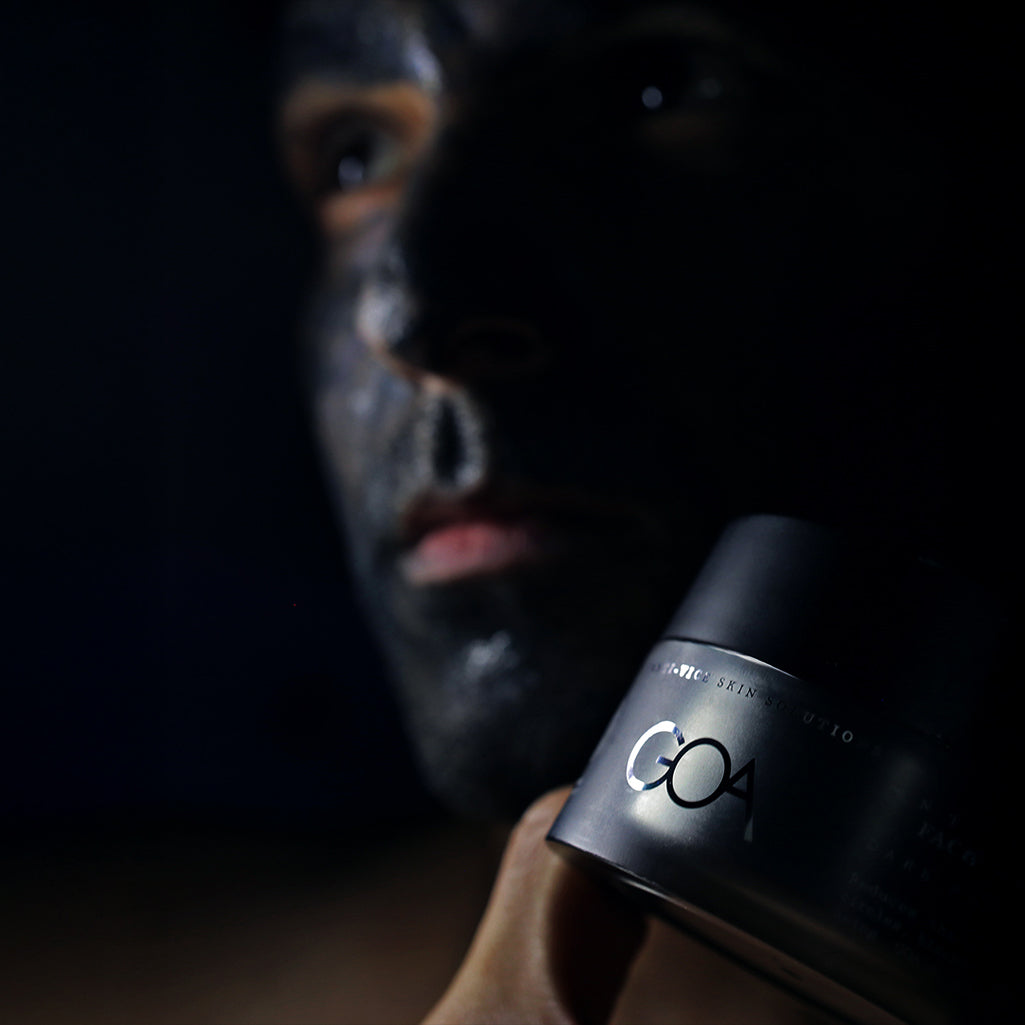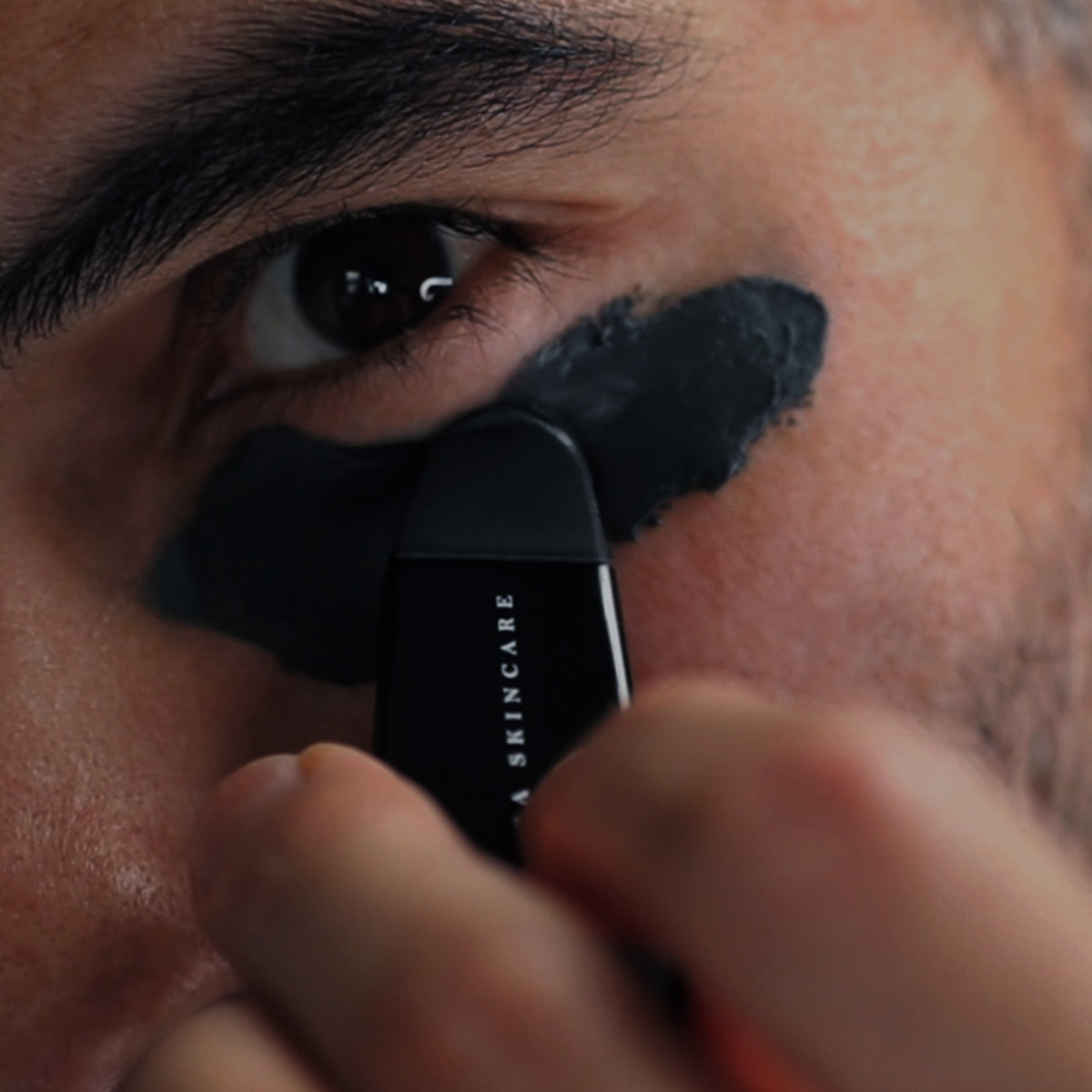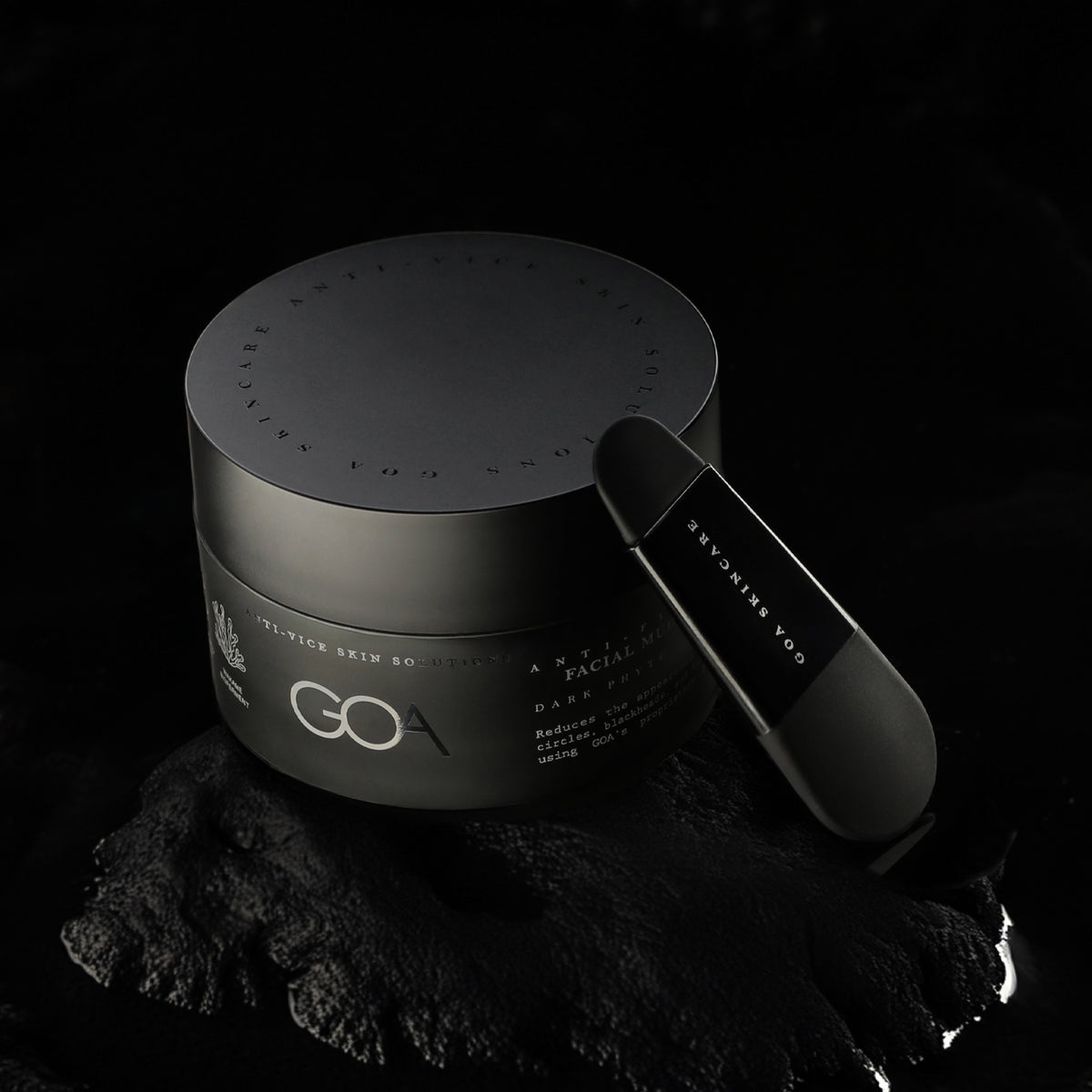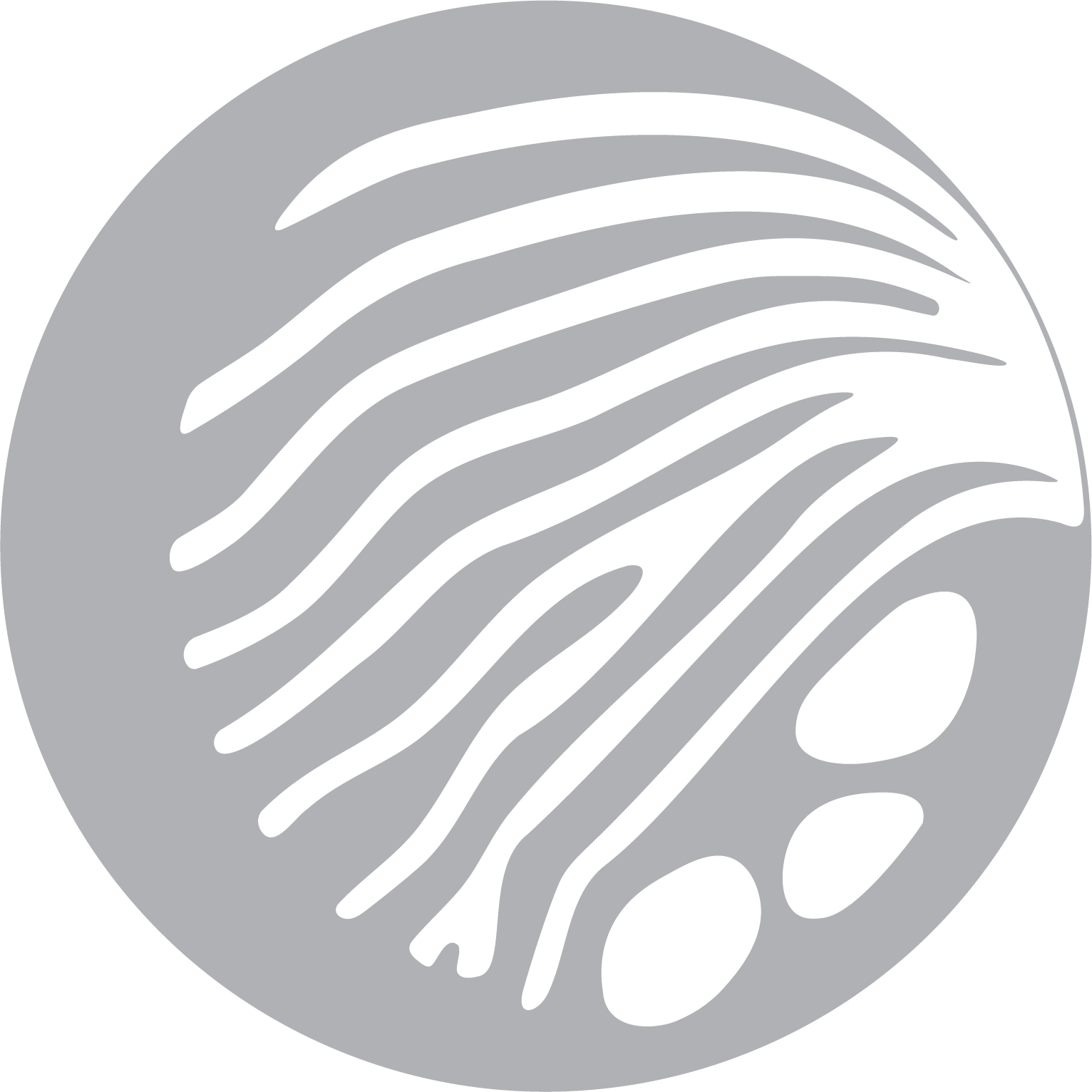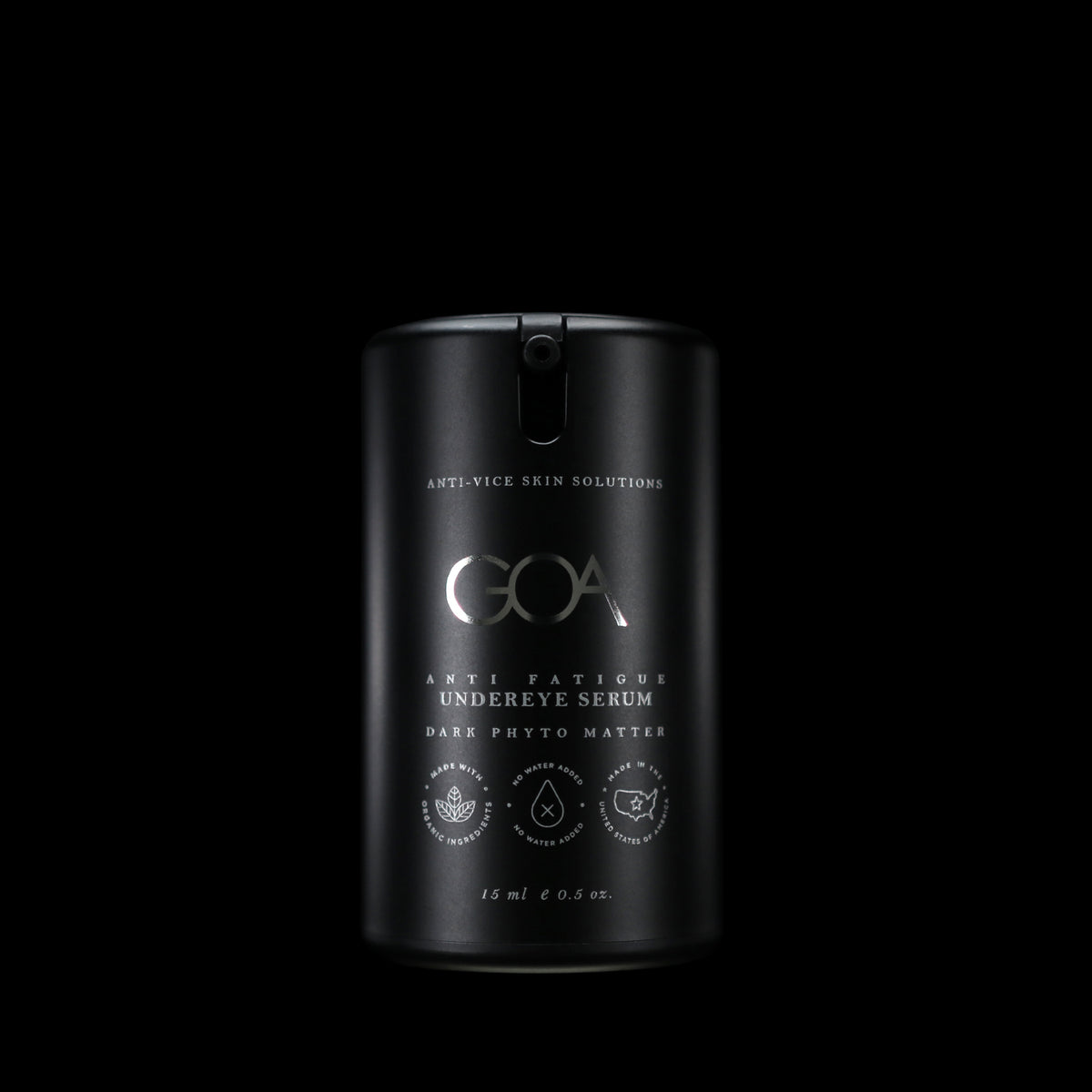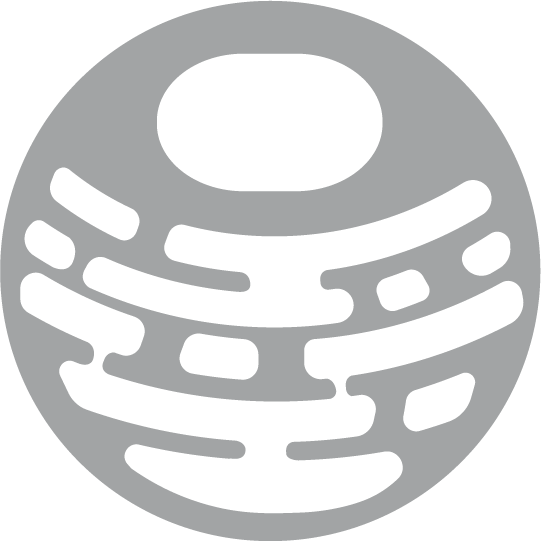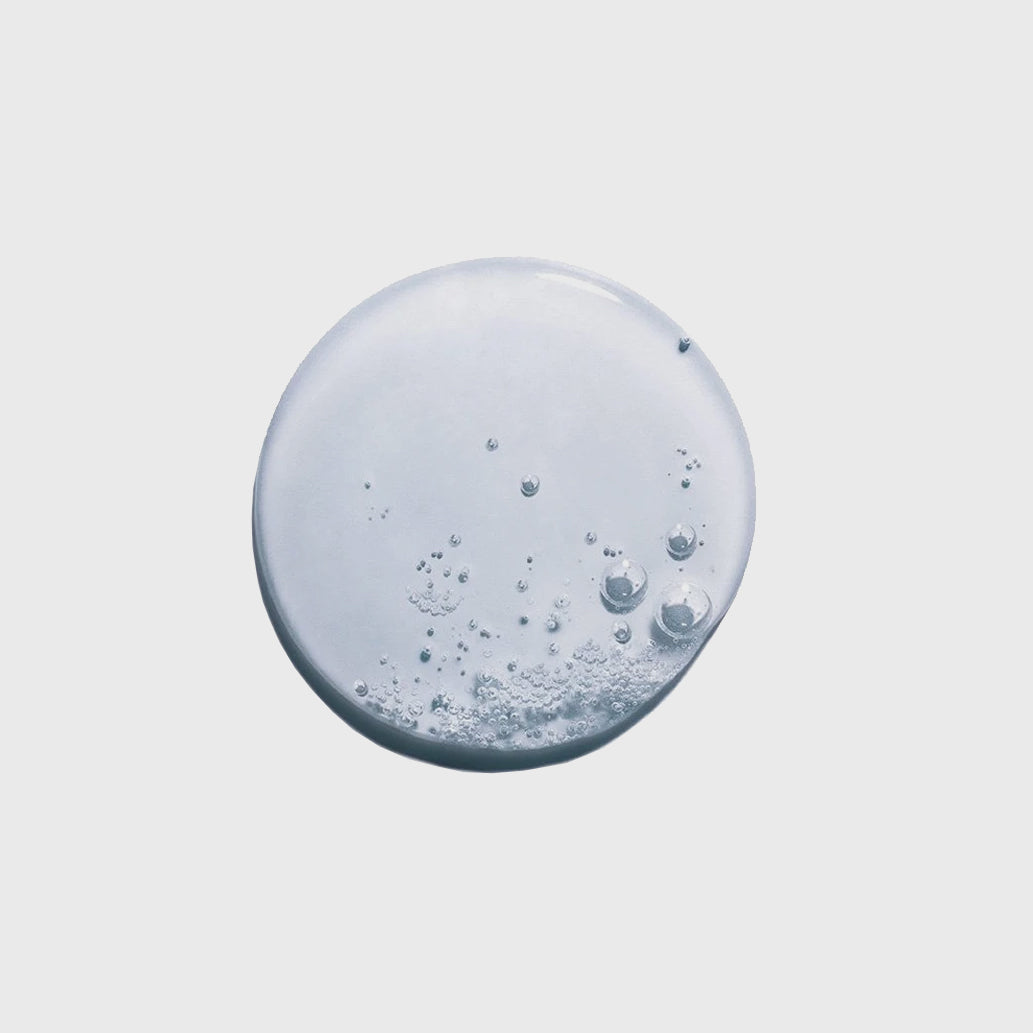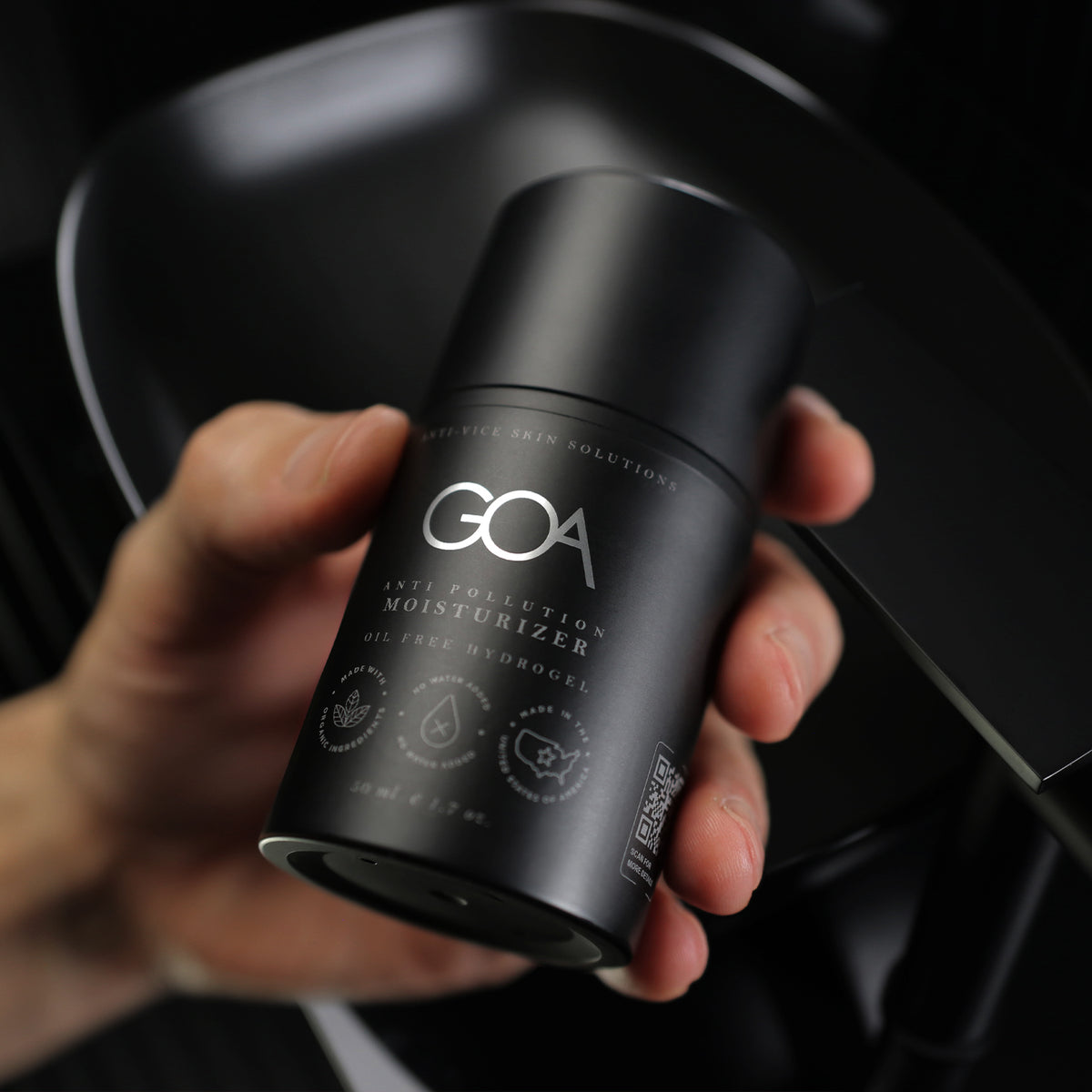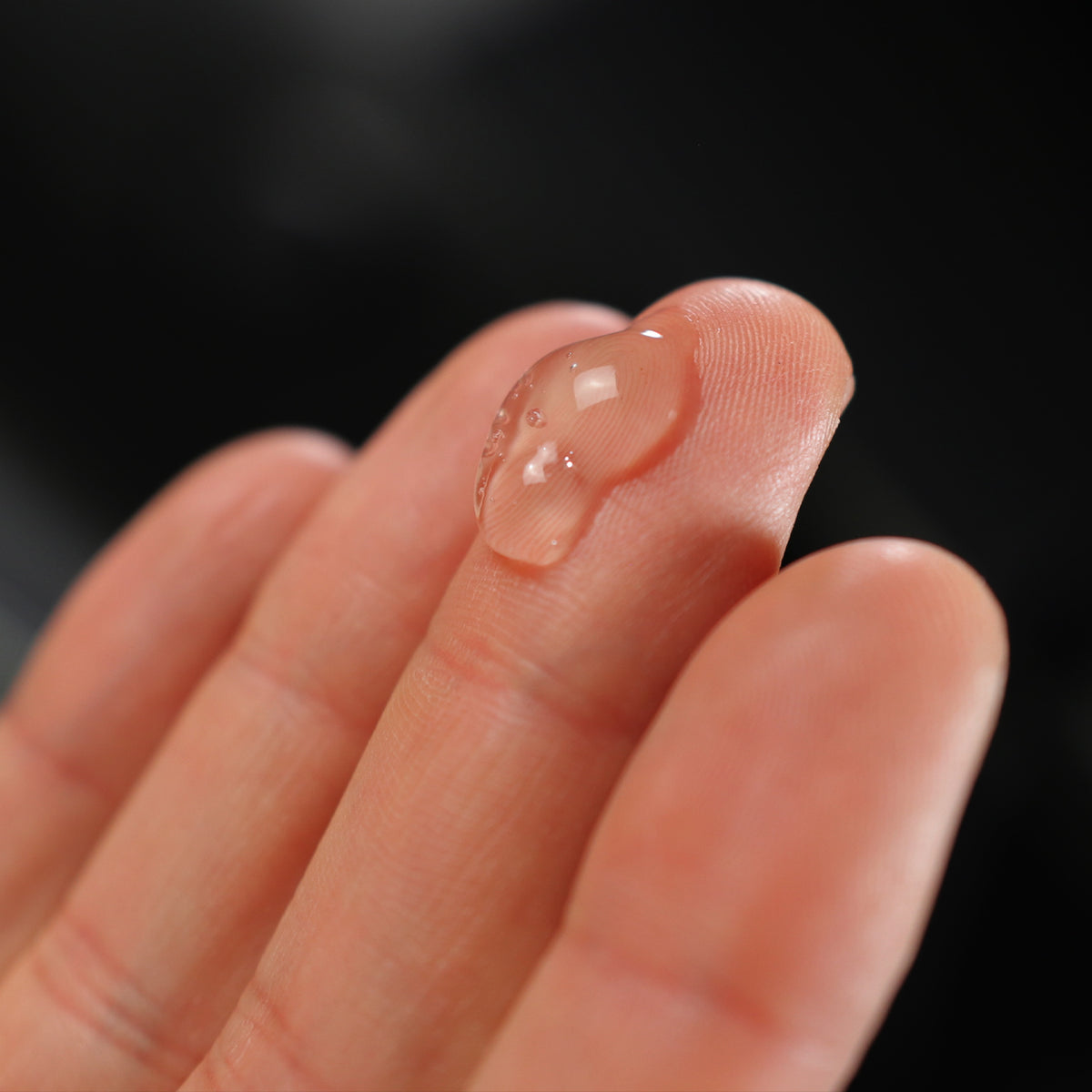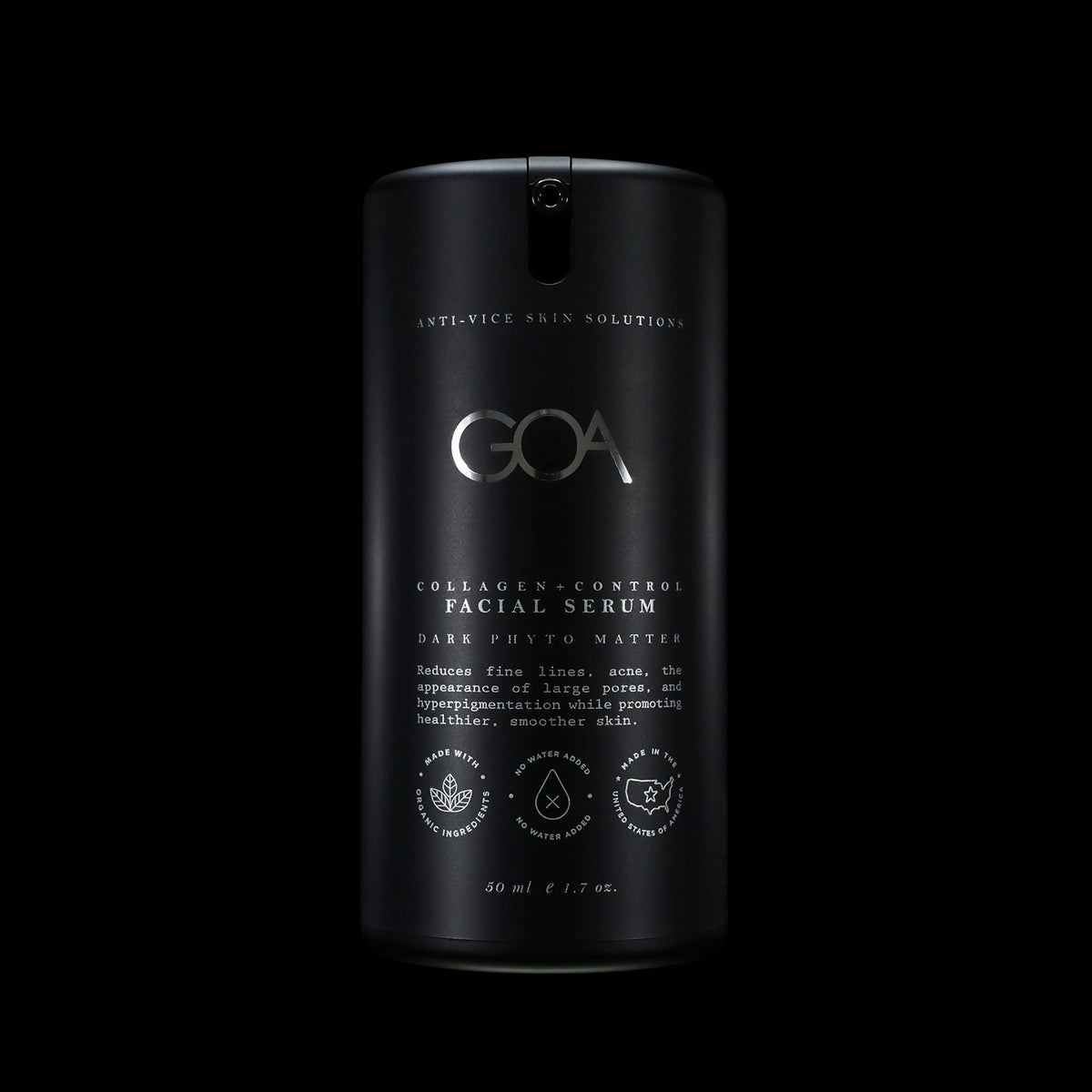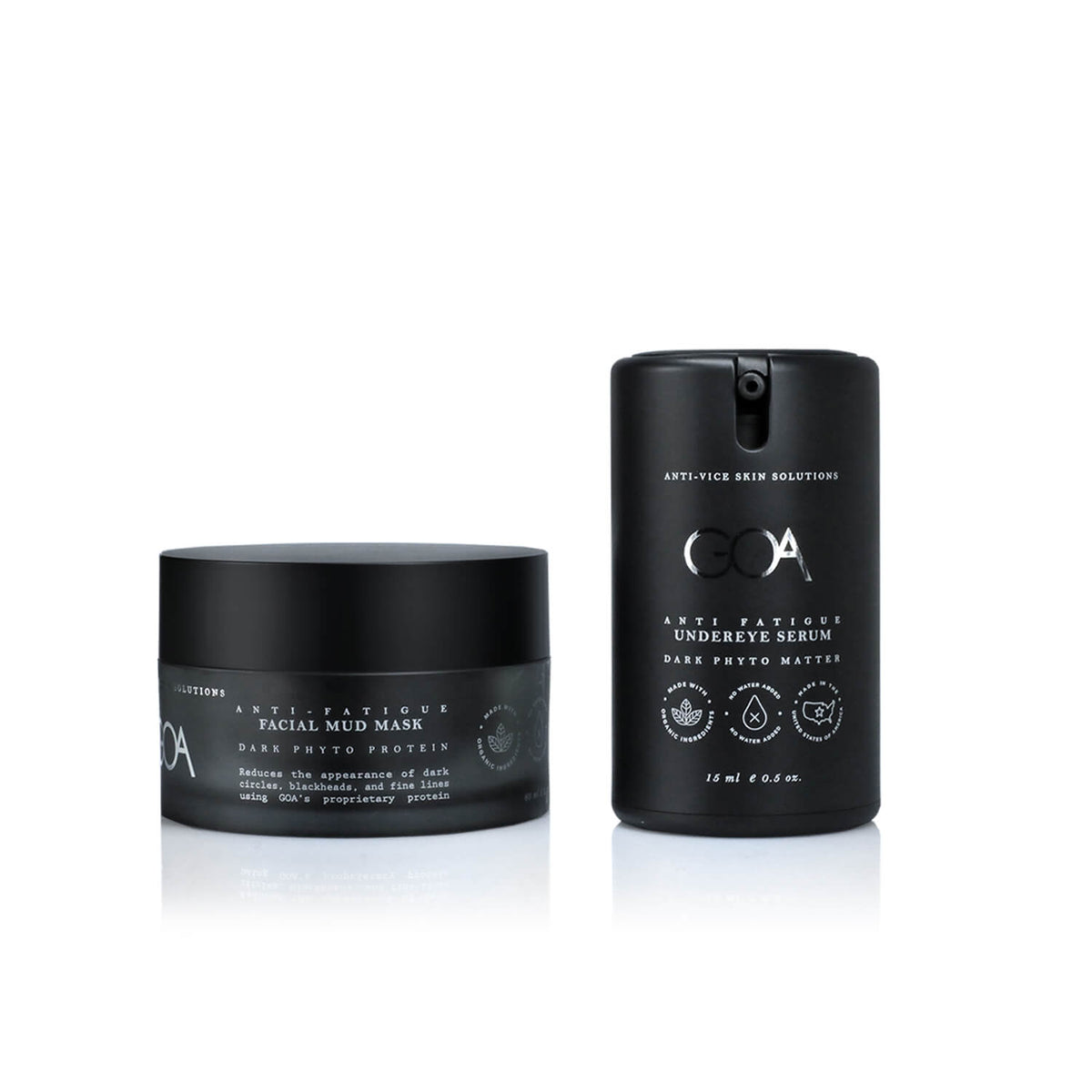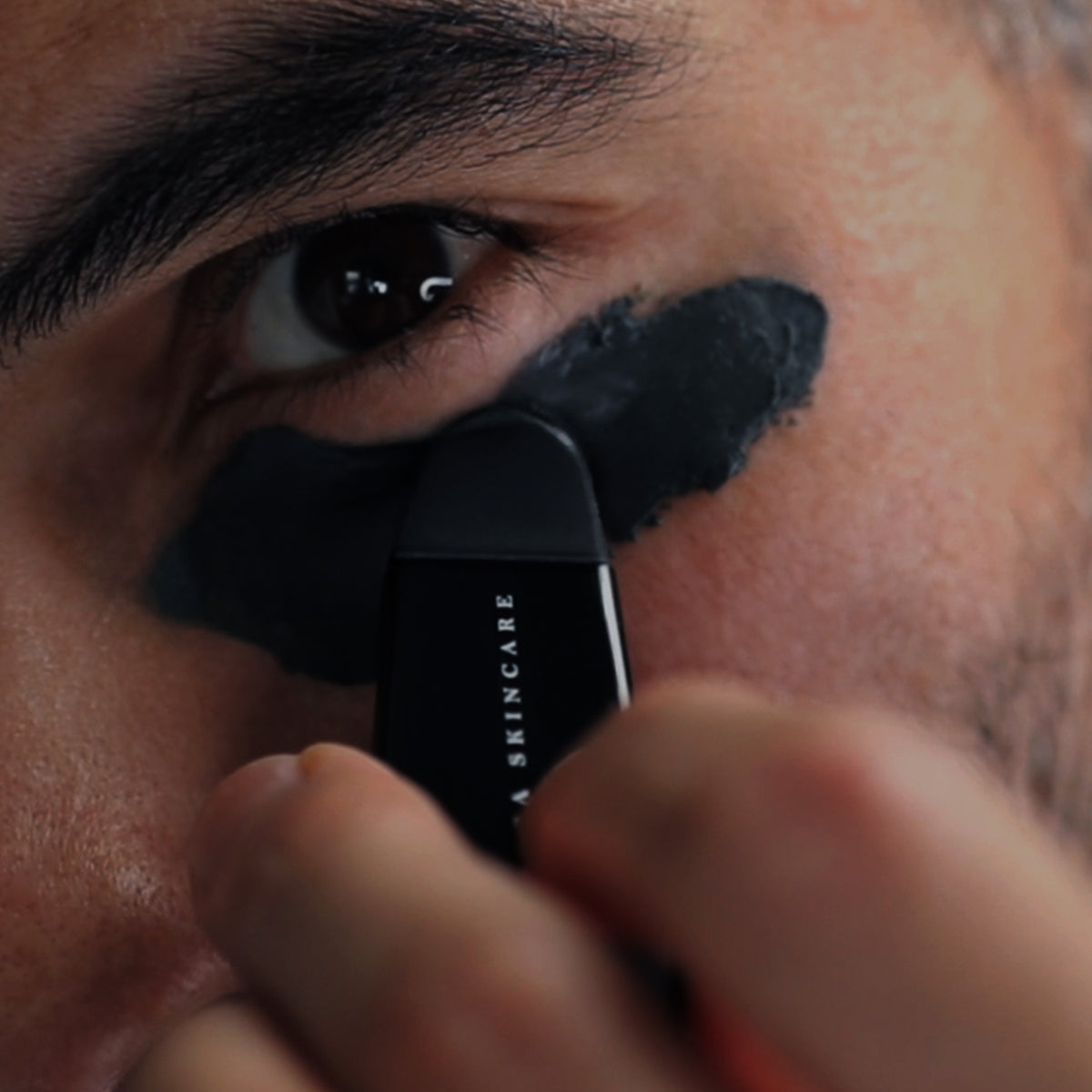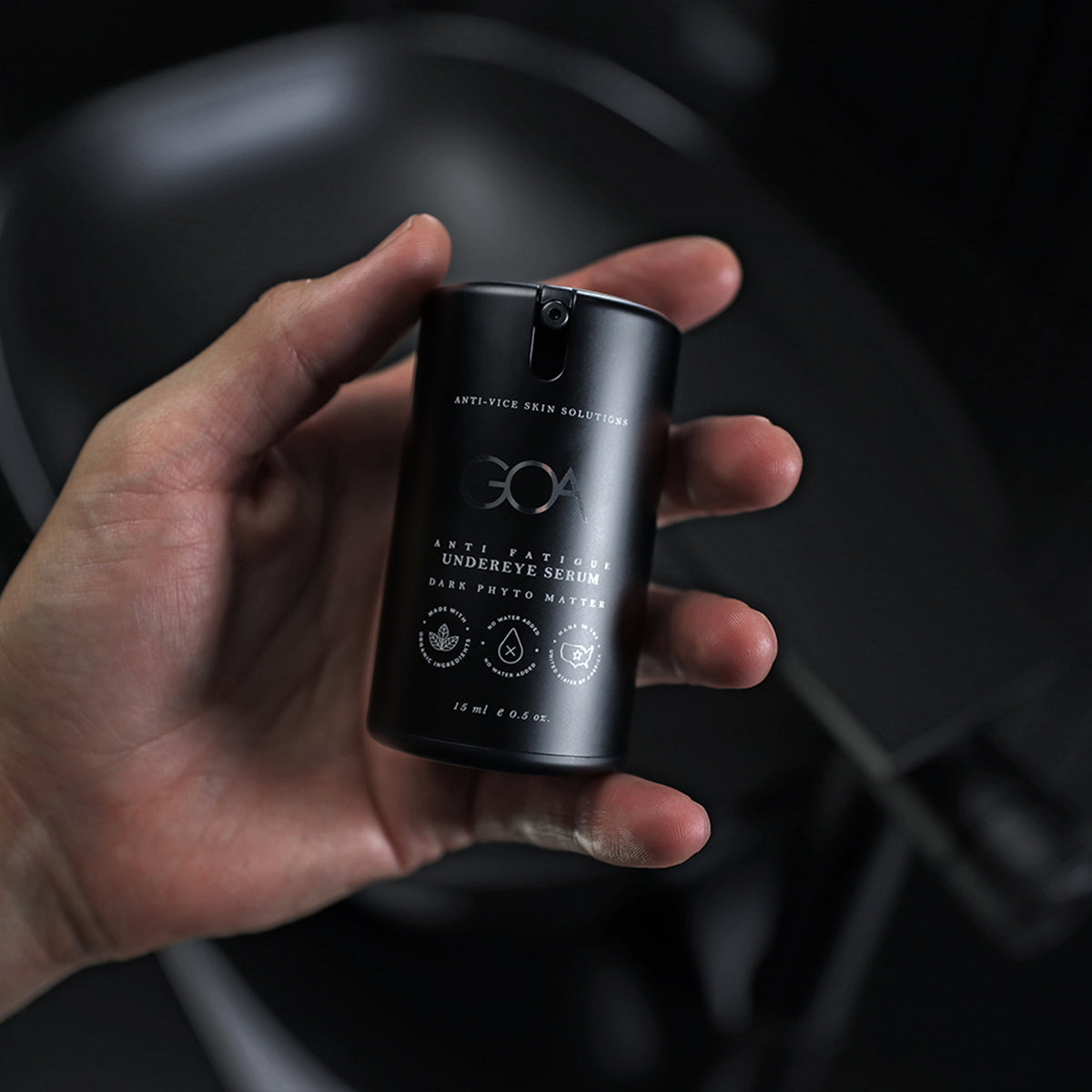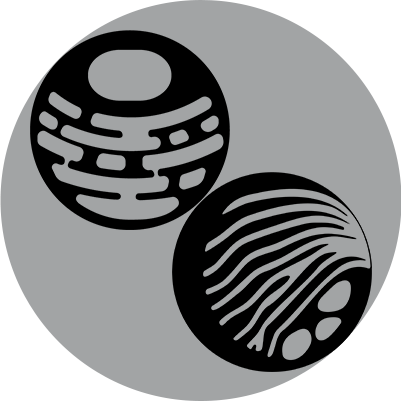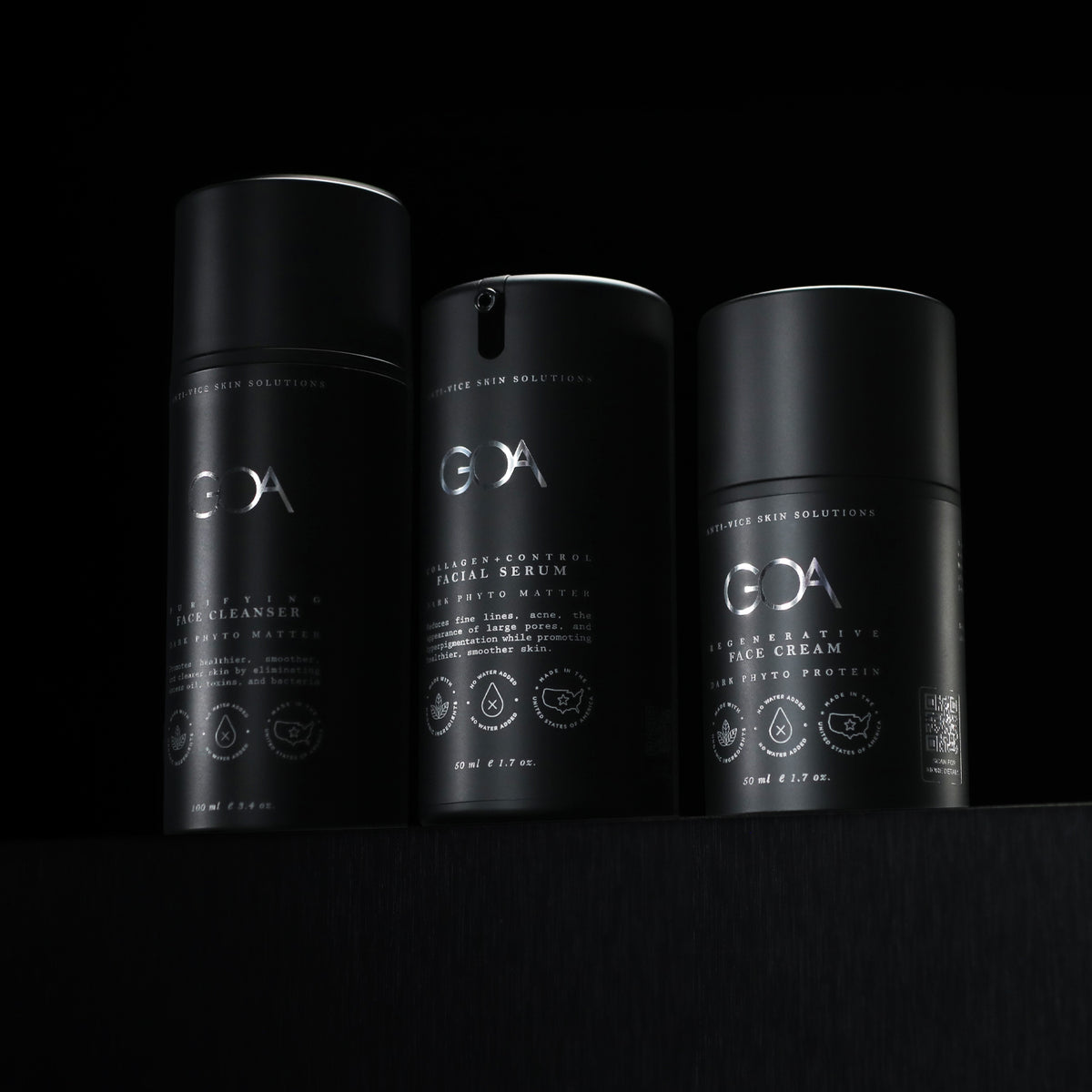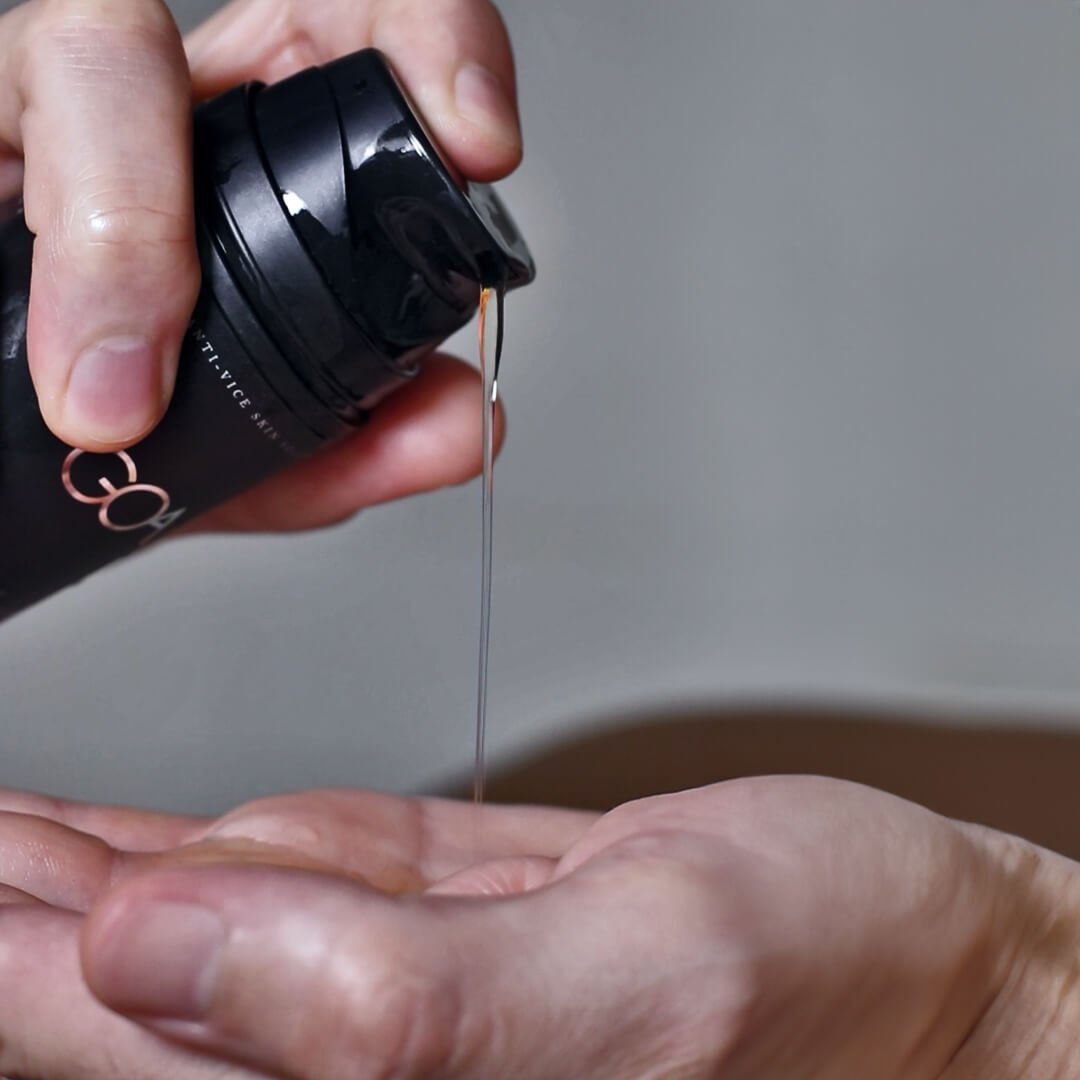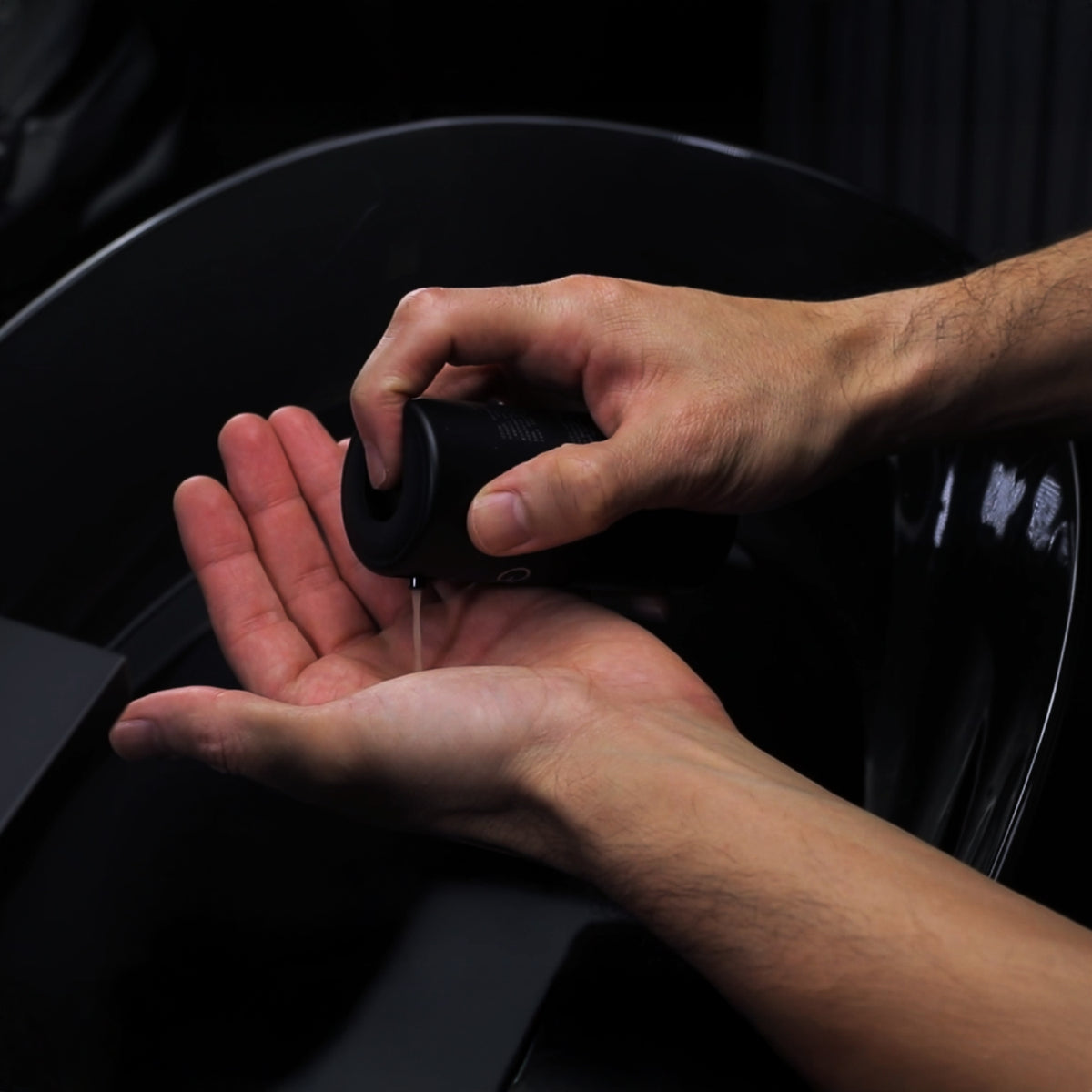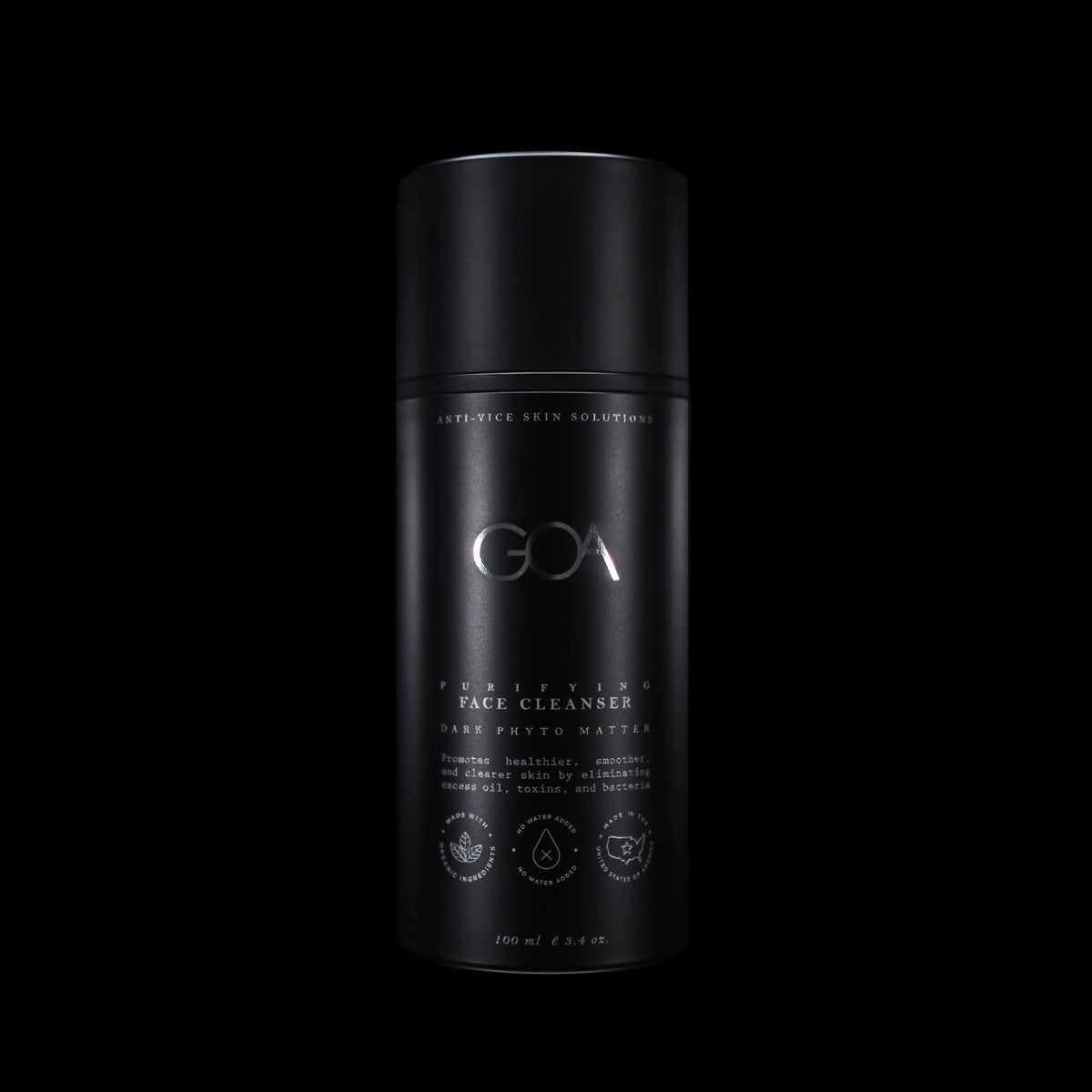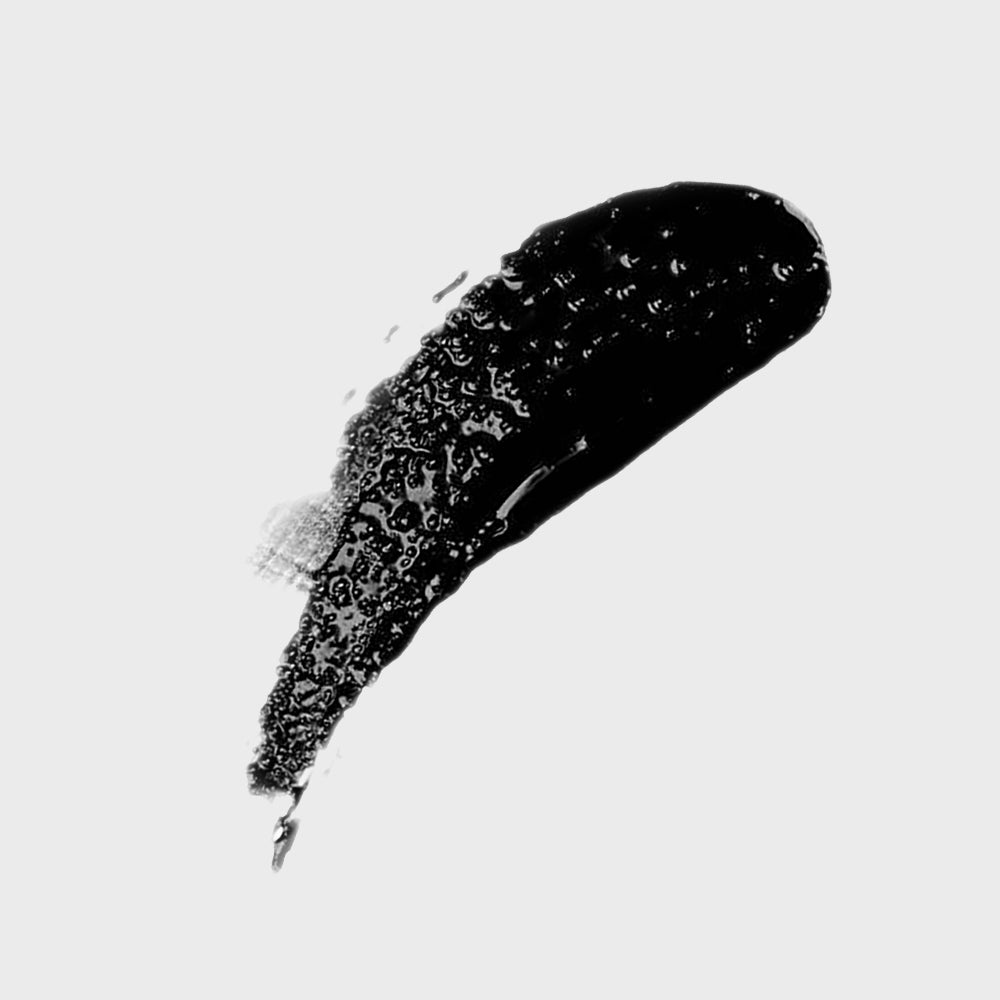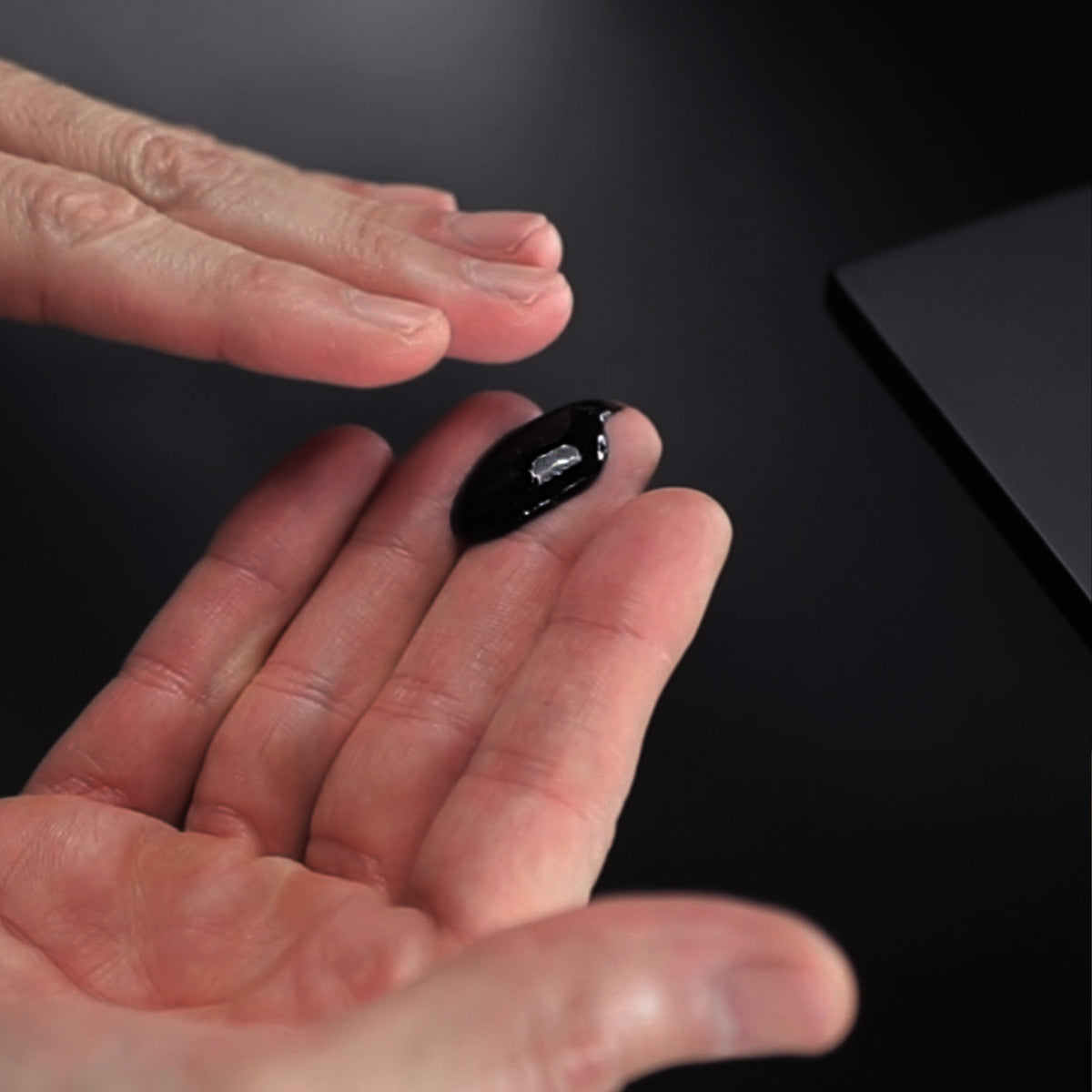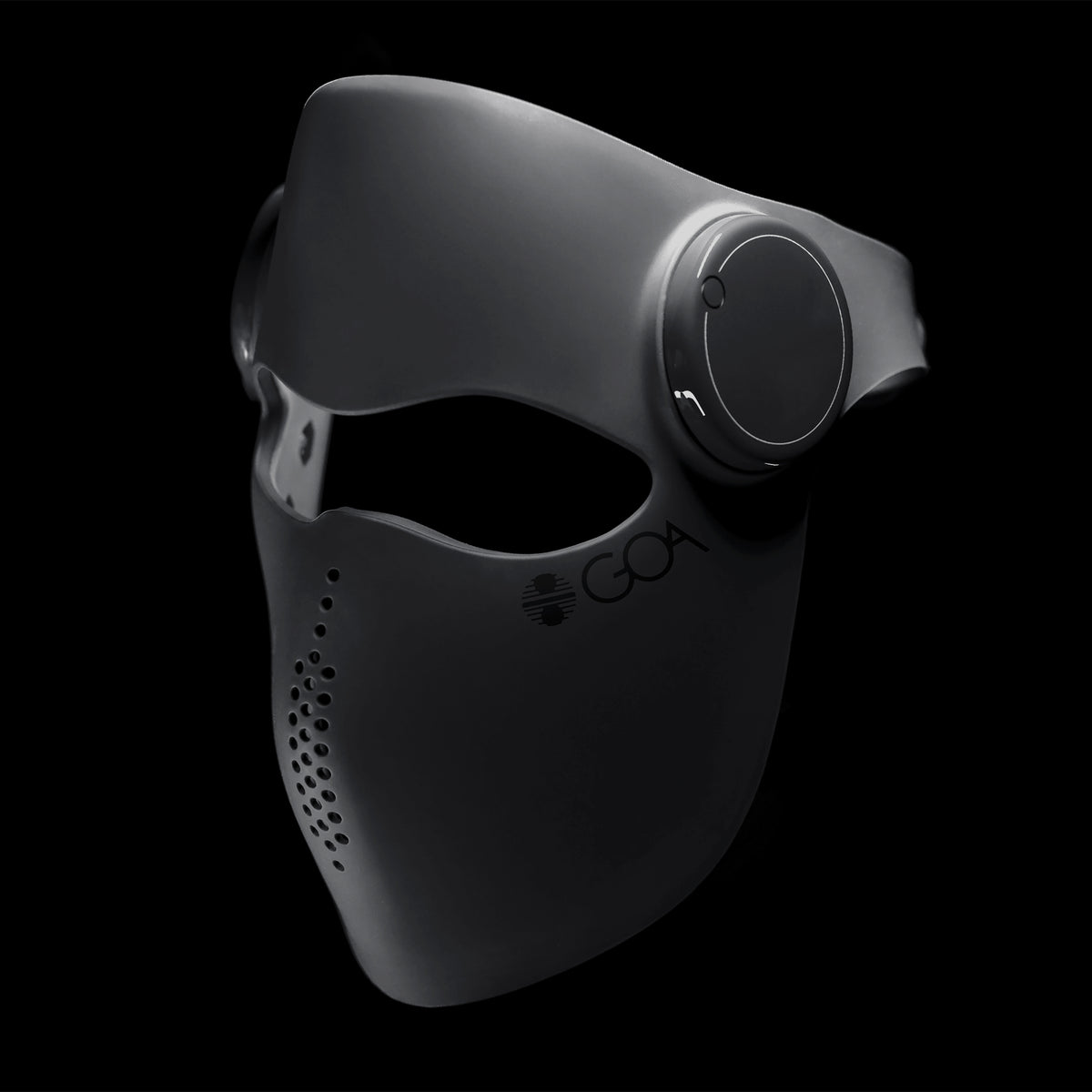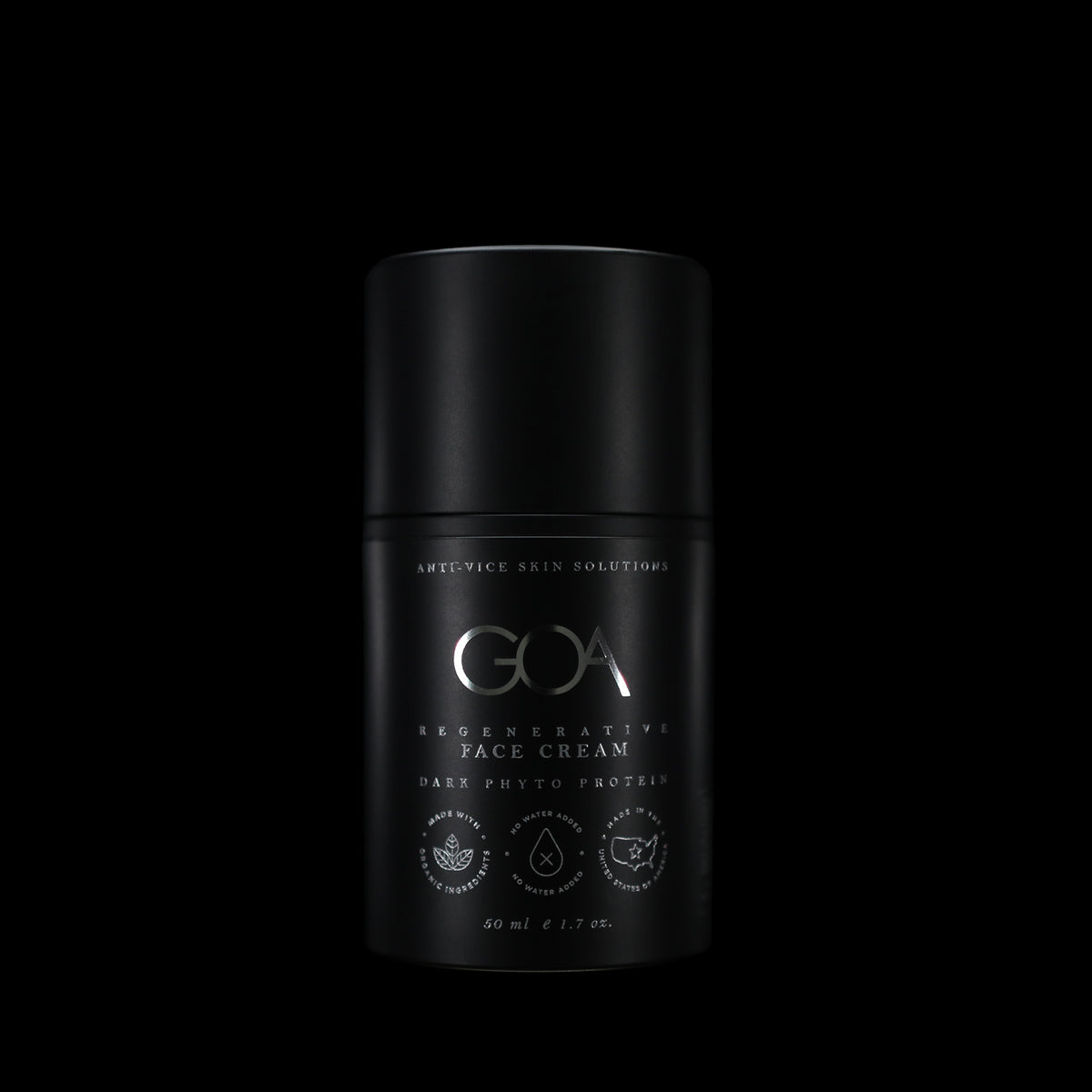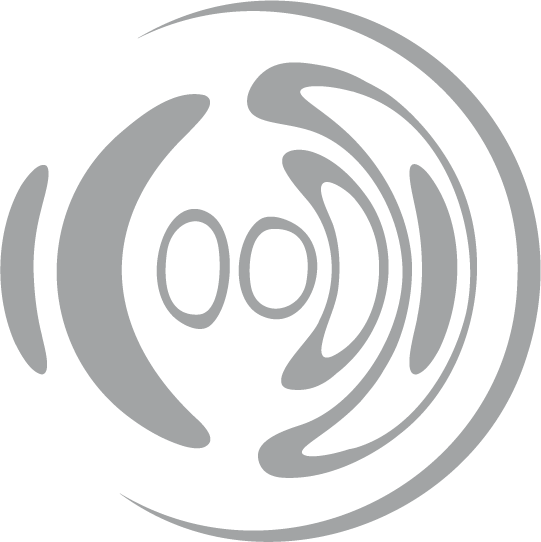The Body in Motion
Physical exertion activates every system. The heart increases its output, delivering oxygen and nutrients to muscles and organs. Blood vessels expand, reducing resistance and improving flow. The lungs draw in more air, supplying the body with oxygen at an accelerated rate. The nervous system sharpens focus, adjusting motor responses to maintain efficiency.
The skin mirrors this internal activity. Circulation rises, increasing nutrient delivery to skin cells. Sweat emerges, regulating body temperature while removing metabolic waste. Sebaceous glands shift oil production in response to hydration levels and external conditions. Every workout, the body adapts, and the skin responds.
Oxygen, Circulation & Cellular Energy
Muscle contraction requires immediate energy. The body pulls from stored ATP, converting glucose and fat into usable fuel. Oxygen consumption rises as mitochondria generate power for sustained effort. With regular training, the body enhances its ability to extract, transport, and utilize oxygen efficiently.
The vascular system supports this process by expanding capillary networks. Increased circulation nourishes muscles, organs, and the skin, optimizing cellular repair and regeneration. Over time, this adaptation influences performance, endurance, and skin resilience (the path to improving longevity).
The Skin’s Response to Physical Stress
The skin functions as a regulator, protector, and communicator. Increased blood flow delivers oxygen and antioxidants to skin tissue, supporting cellular turnover and hydration balance. Sweat releases toxins while adjusting the body’s internal temperature. Pores expand, adjusting to the shifting oil and water content on the skin’s surface.
External factors challenge this process. Heat, humidity, wind, and pollution interact with sweat and oil production. Prolonged UV exposure alters collagen structure, accelerating degradation. Proper hydration, topical antioxidants, and barrier-reinforcing skincare support the skin’s ability to recover post-exercise.
The GOA Anti-Aging Face Set depletes oxidative stress, restores collagen, smooths fine lines, lifts tired skin, reduces dark circles, and hydrates for enhanced recovery and resilience.
Post-Workout Recovery: Internal and External
Adaptation extends beyond training. Recovery determines how the body repairs and strengthens itself after exertion. Muscle fibers undergo microtears, prompting protein synthesis to rebuild tissue. The nervous system recalibrates, reducing inflammation and oxidative stress. The skin, affected by both internal and external stressors, needs its own recovery process.
Key Recovery Components:
- Hydration: Restores fluid balance, supports circulation, and replenishes lost electrolytes.
- Antioxidants: Neutralize free radicals generated by oxidative stress from exercise.
- Collagen Support: Reinforces skin structure, supporting elasticity and hydration.
- Post-Workout Cleansing: Removes sweat, bacteria, and environmental toxins.
- Barrier Repair: Restores moisture balance with ceramides, peptides, and hyaluronic acid.
The Role of Hormones in Training and Skin Function
Hormonal fluctuations occur during physical activity. Testosterone increases, supporting muscle development and cell regeneration. Cortisol, released in response to exertion, influences inflammation and collagen breakdown. Insulin sensitivity improves, regulating glucose metabolism and cellular function.
The skin reflects these hormonal changes. Oil production adjusts based on testosterone levels. Cortisol fluctuations impact hydration and collagen density. Post-exercise recovery rituals, including hydration, sleep, and targeted skin solutions, help regulate these responses and maintain balance.
UV Exposure and Environmental Stressors
Outdoor training introduces environmental variables. UV radiation affects skin structure at a molecular level, altering collagen synthesis and accelerating photoaging. Wind and pollution interact with sweat, affecting barrier function.
Essential Protective Measures:
- Broad-Spectrum SPF: Shields against UVA/UVB damage, preventing structural breakdown.
- Antioxidant Serums: Combat free radical damage from sun exposure and pollutants.
- Hydration Strategies: Support trans-epidermal water retention, reinforcing skin resilience.
- Physical Barriers: Protective clothing and sunglasses reduce direct exposure.
Longevity and Performance: The Body-Skin Connection
Sustained training reshapes physiological function. Circulation improves, metabolism stabilizes, and cellular repair accelerates. The skin, as the body’s outermost organ, experiences these shifts in real-time. Proper hydration, nutrition, and recovery strategies support both performance and skin health.
Movement transforms the body at every level. The skin records this journey, reflecting adaptation, resilience, and renewal.













